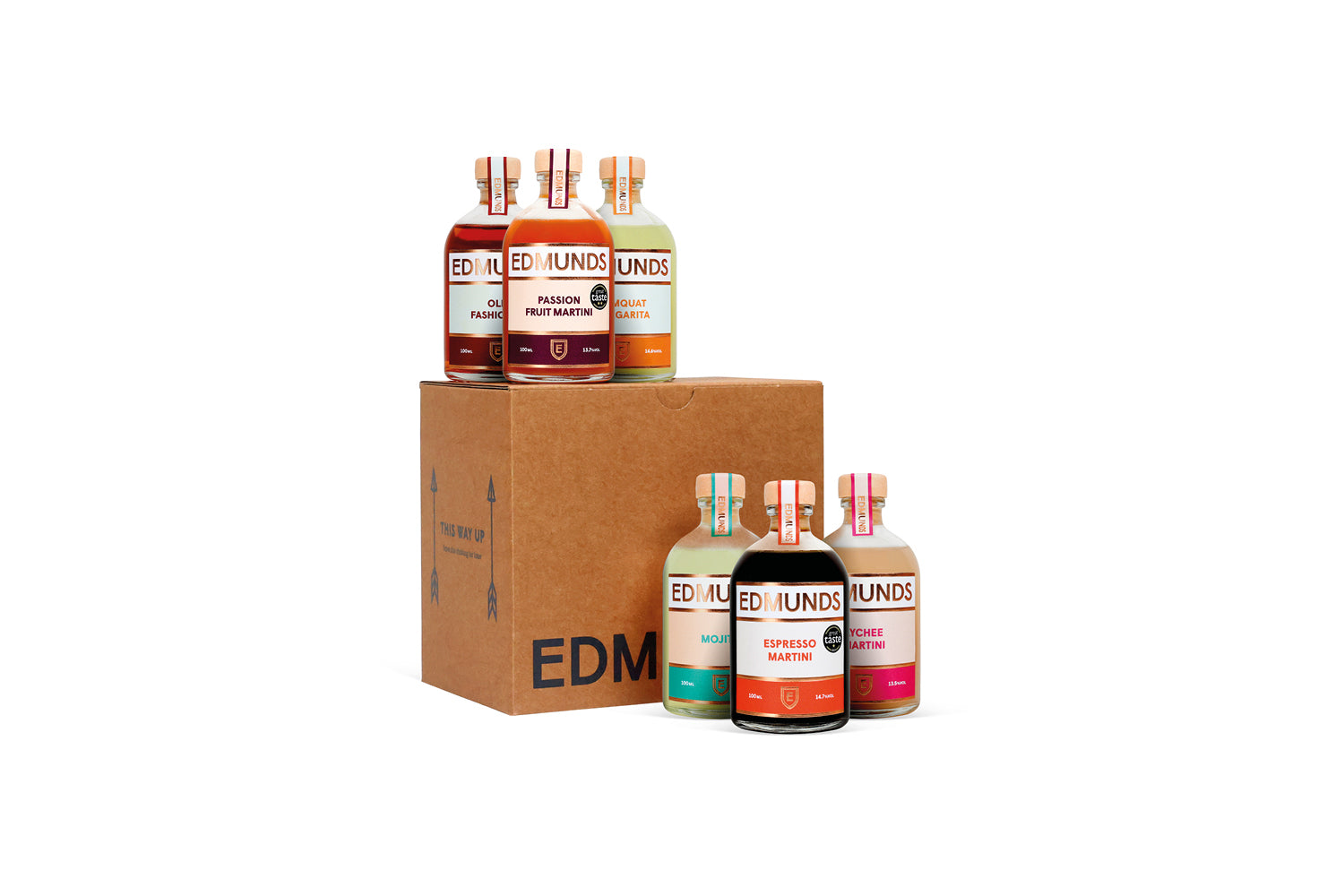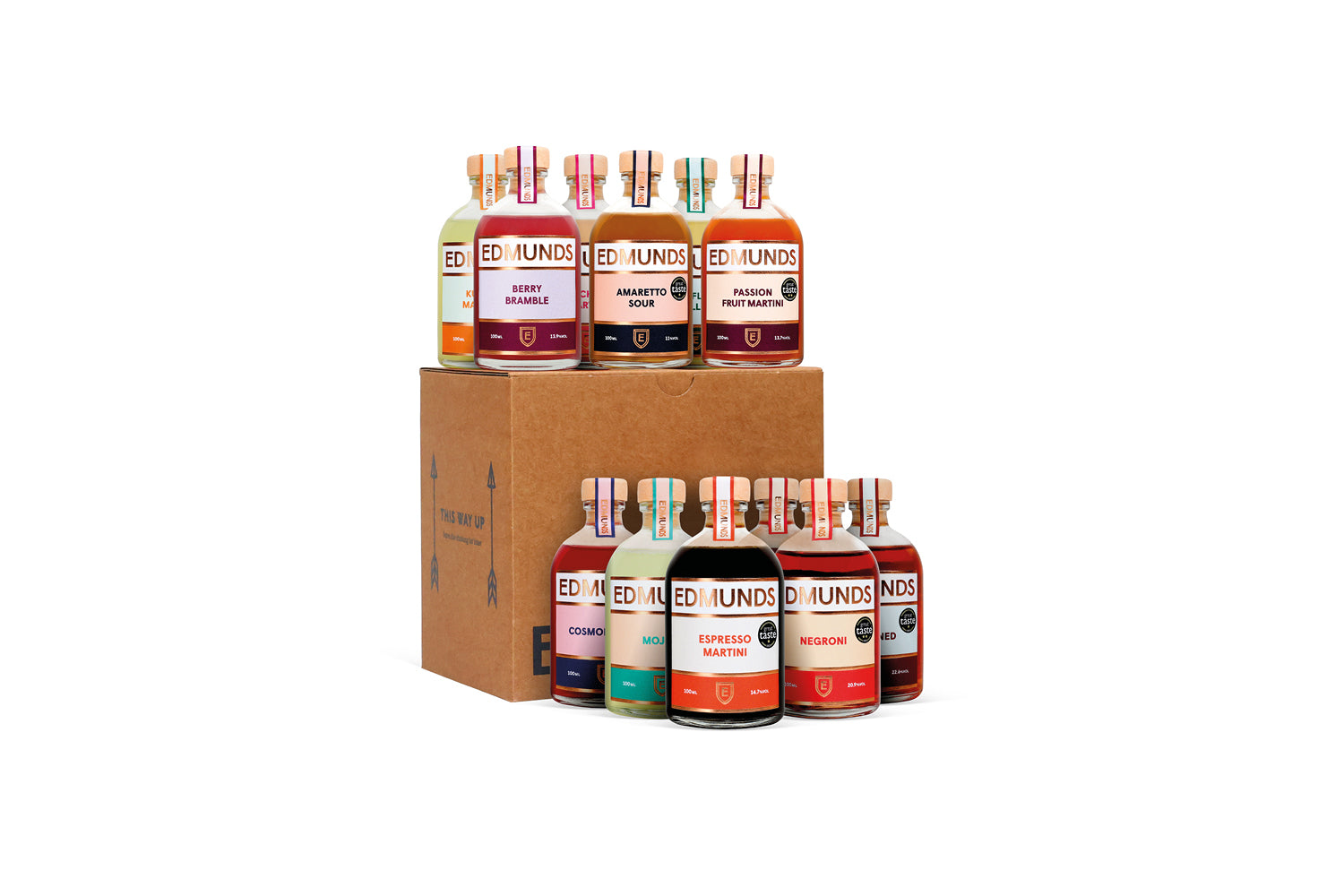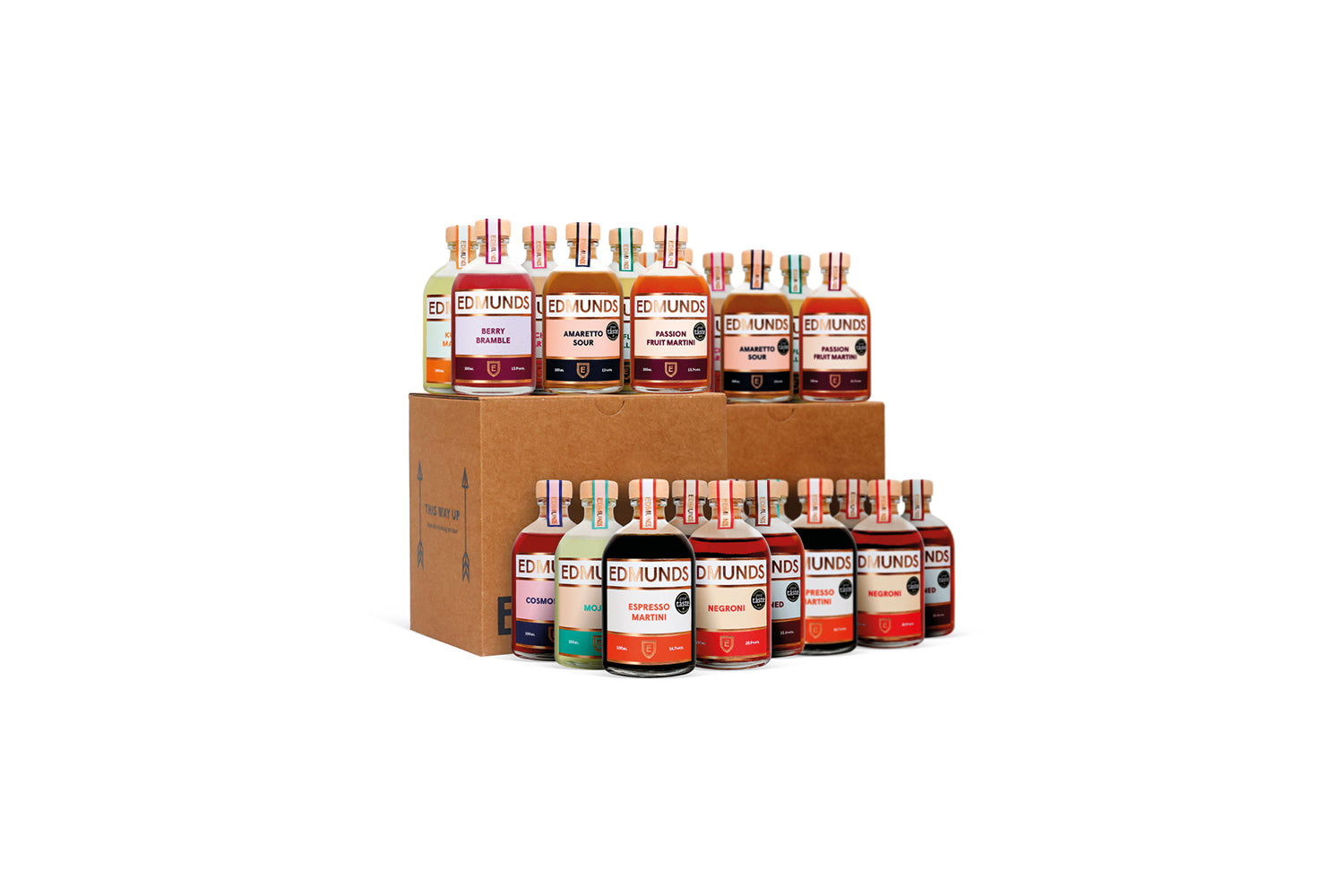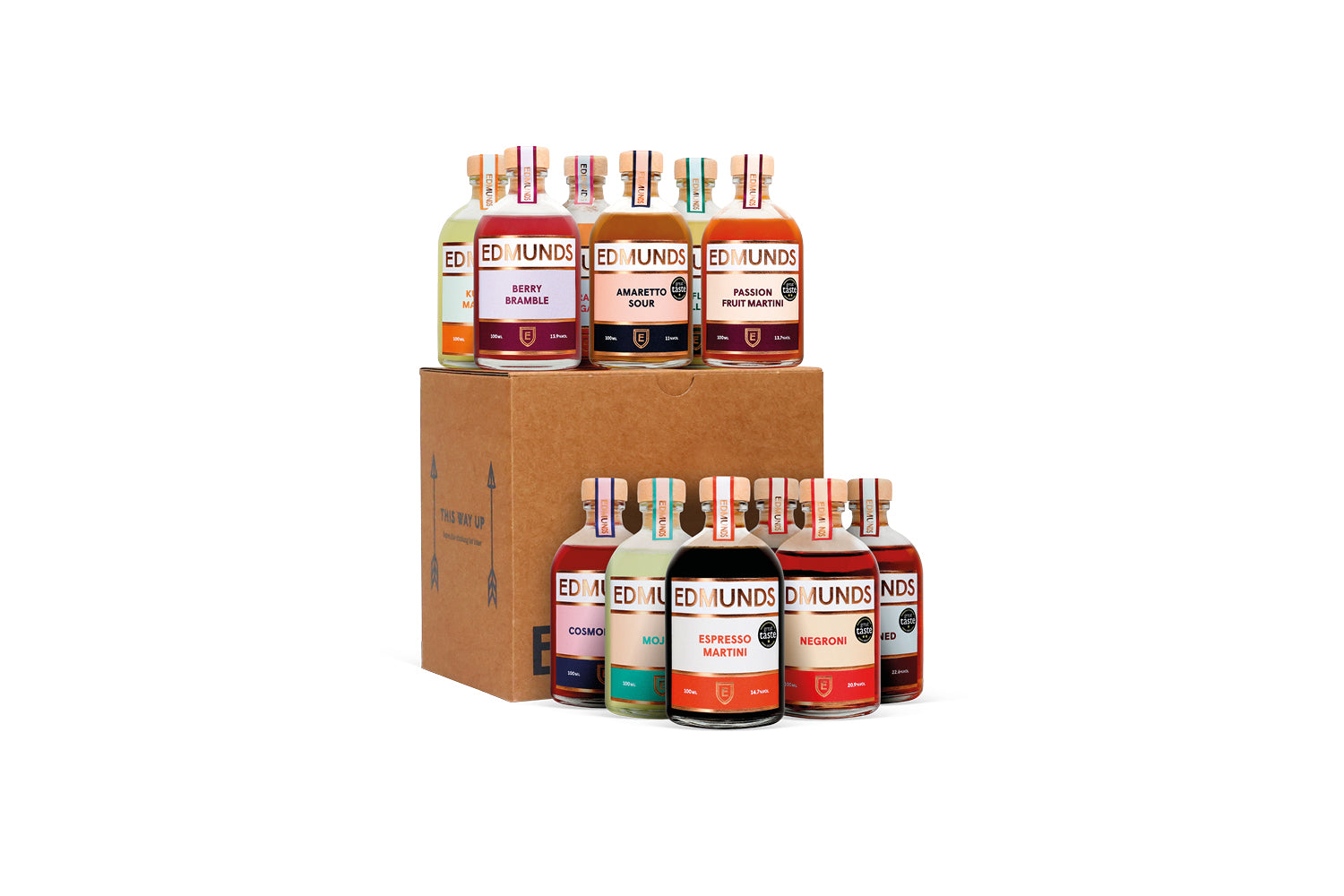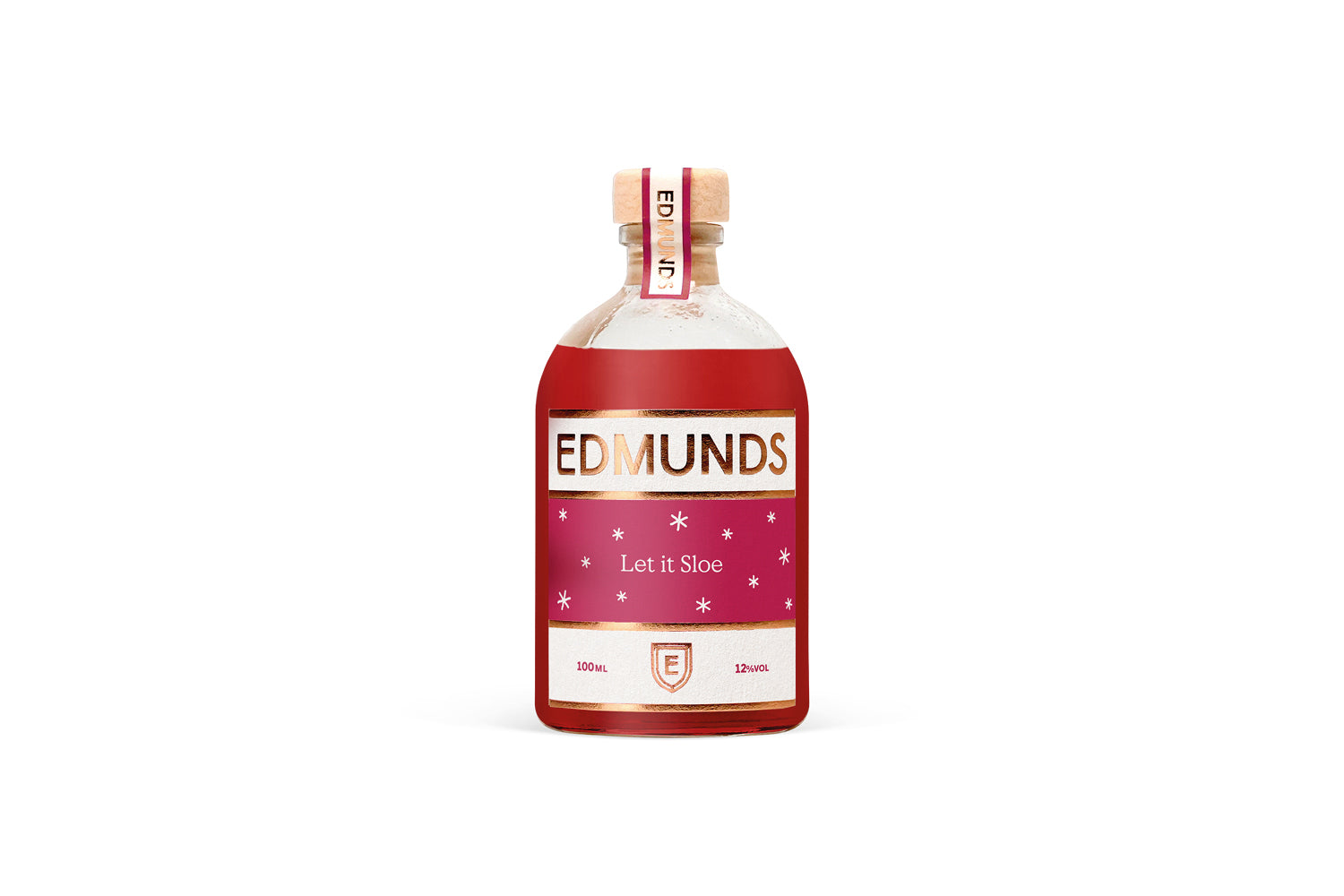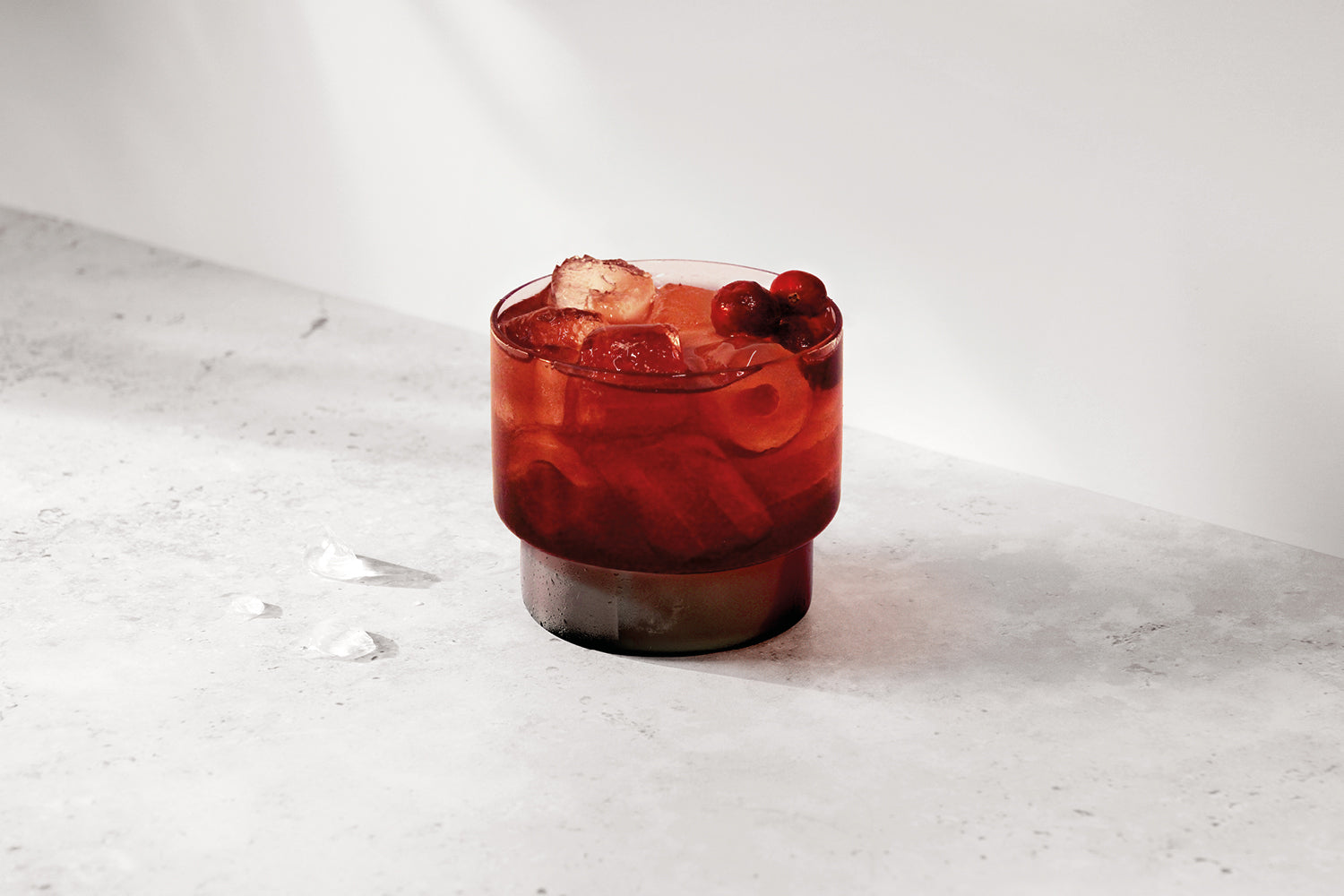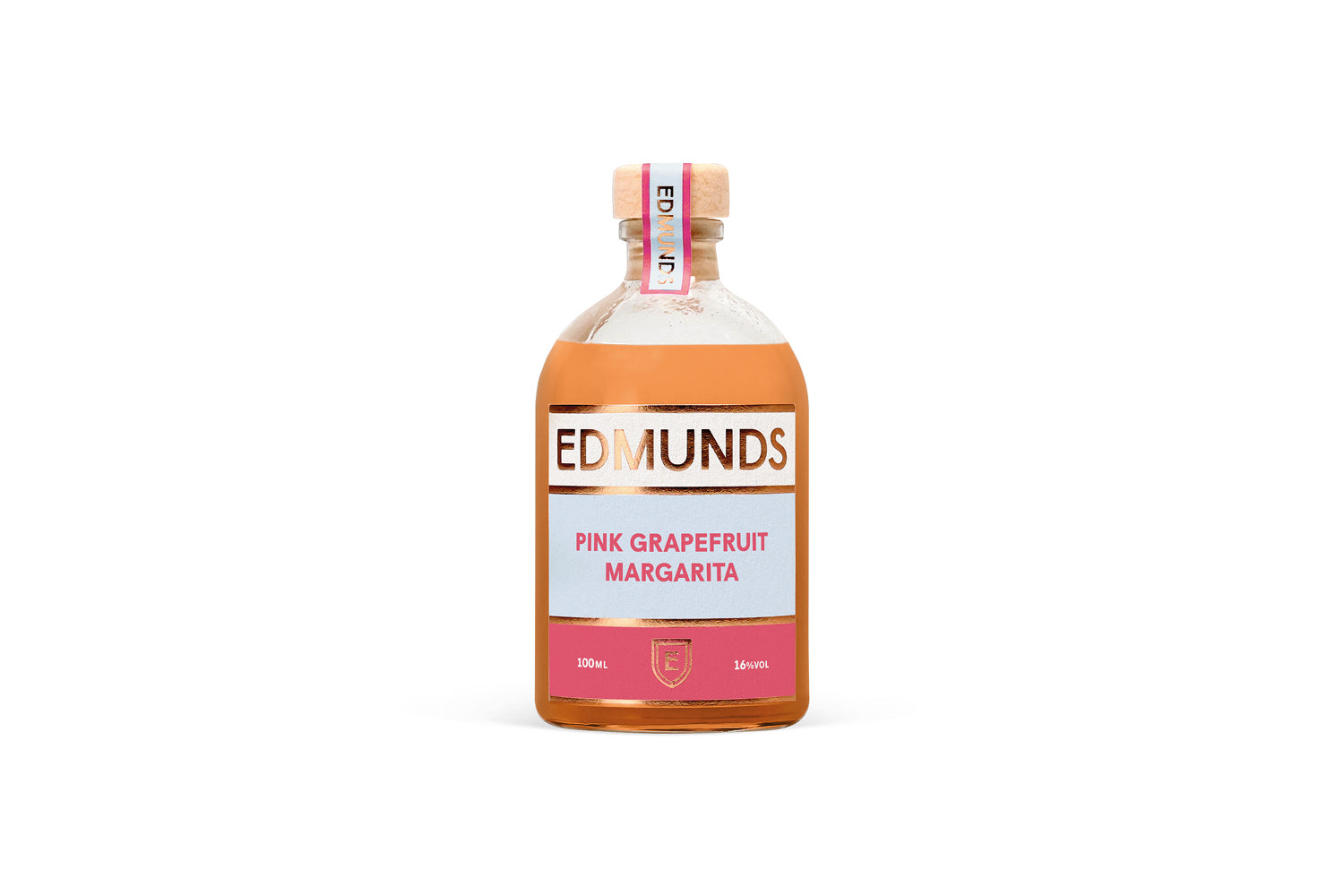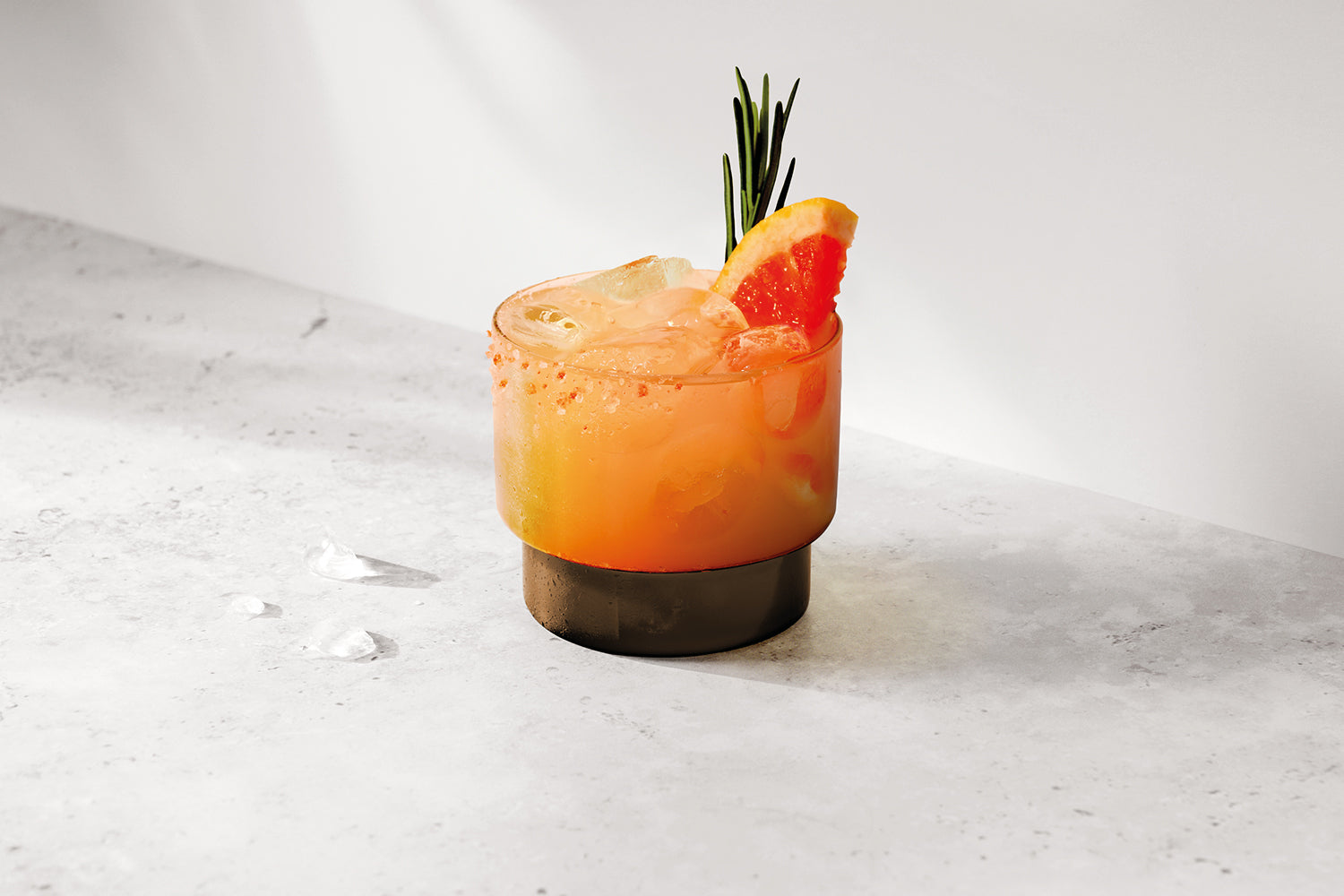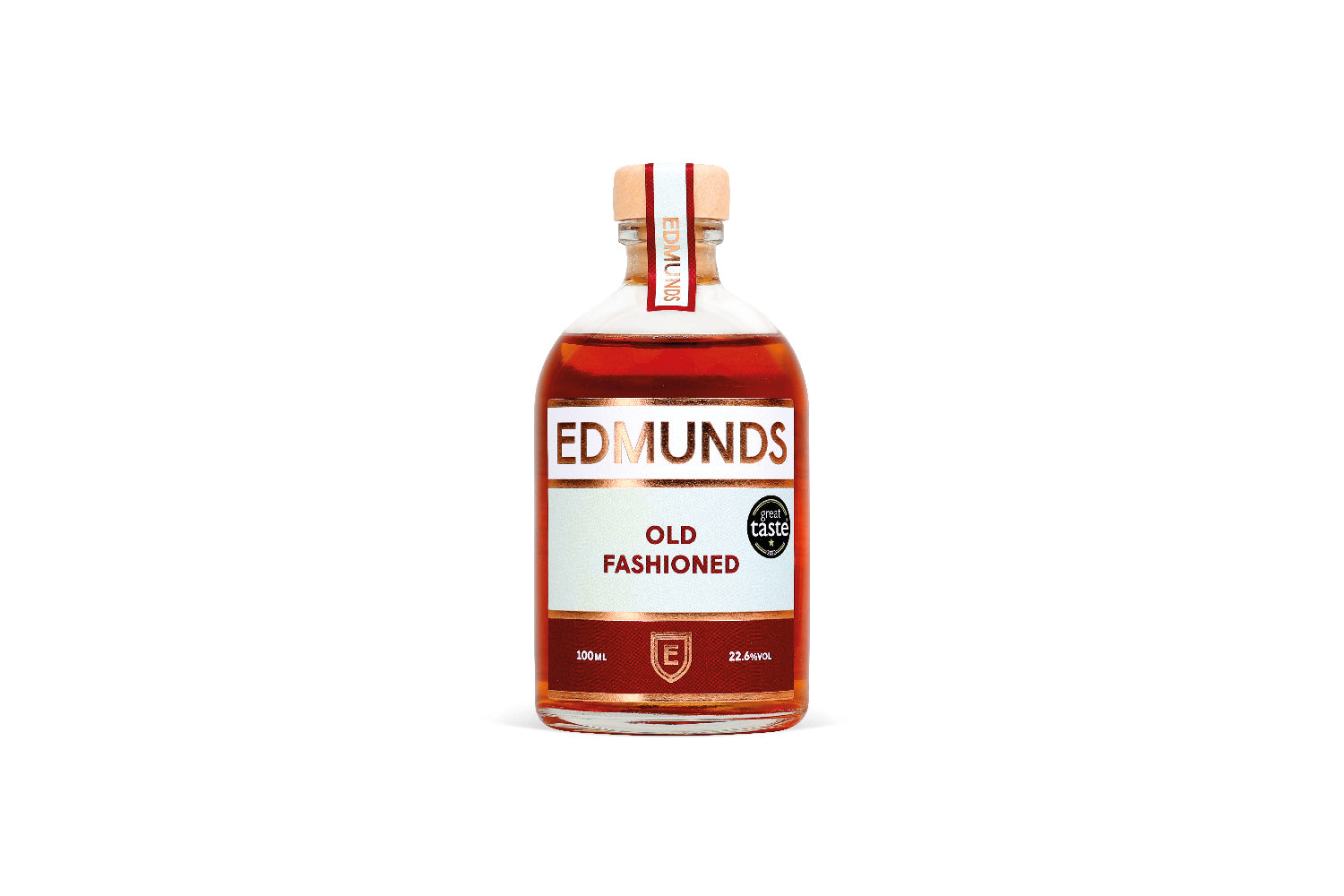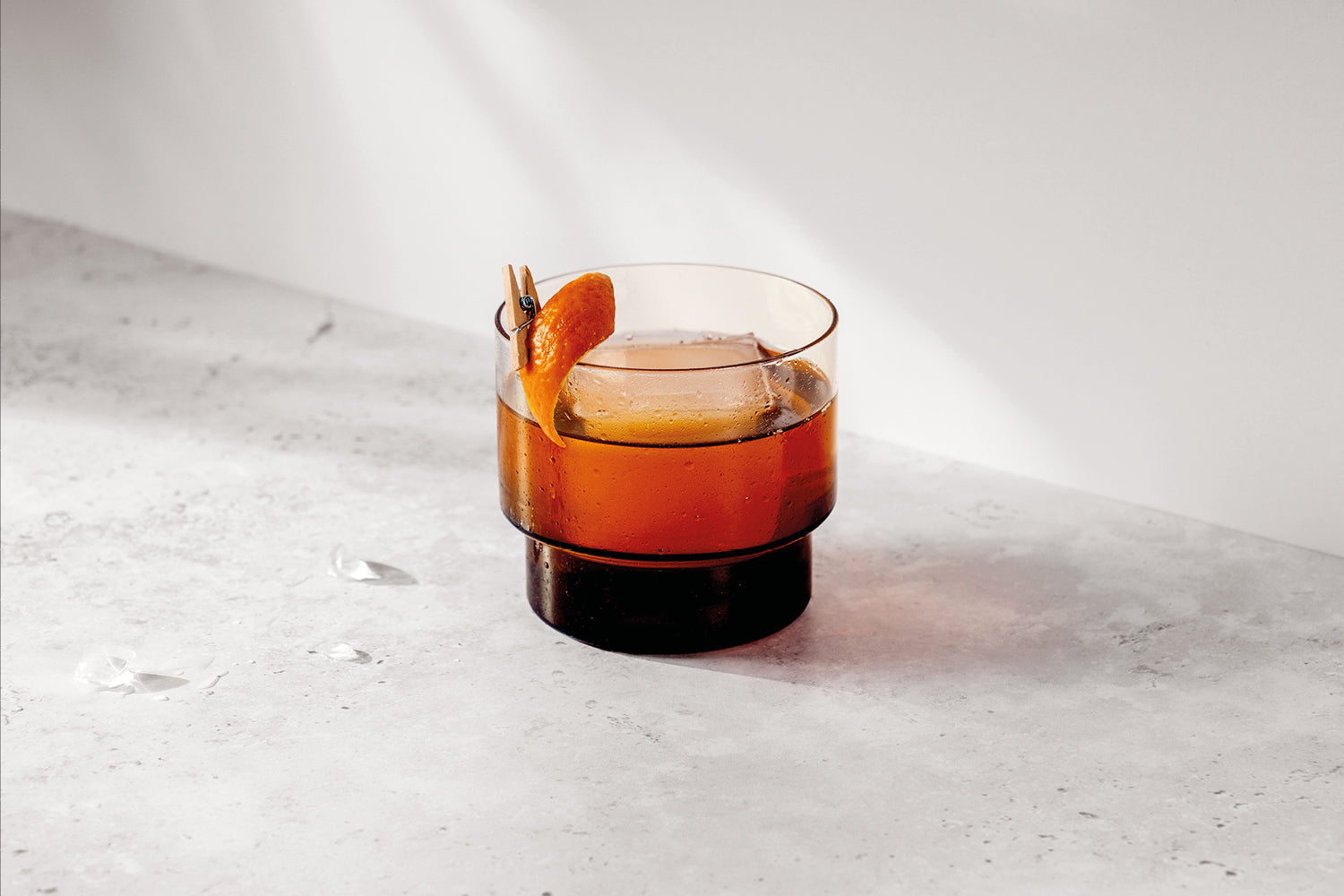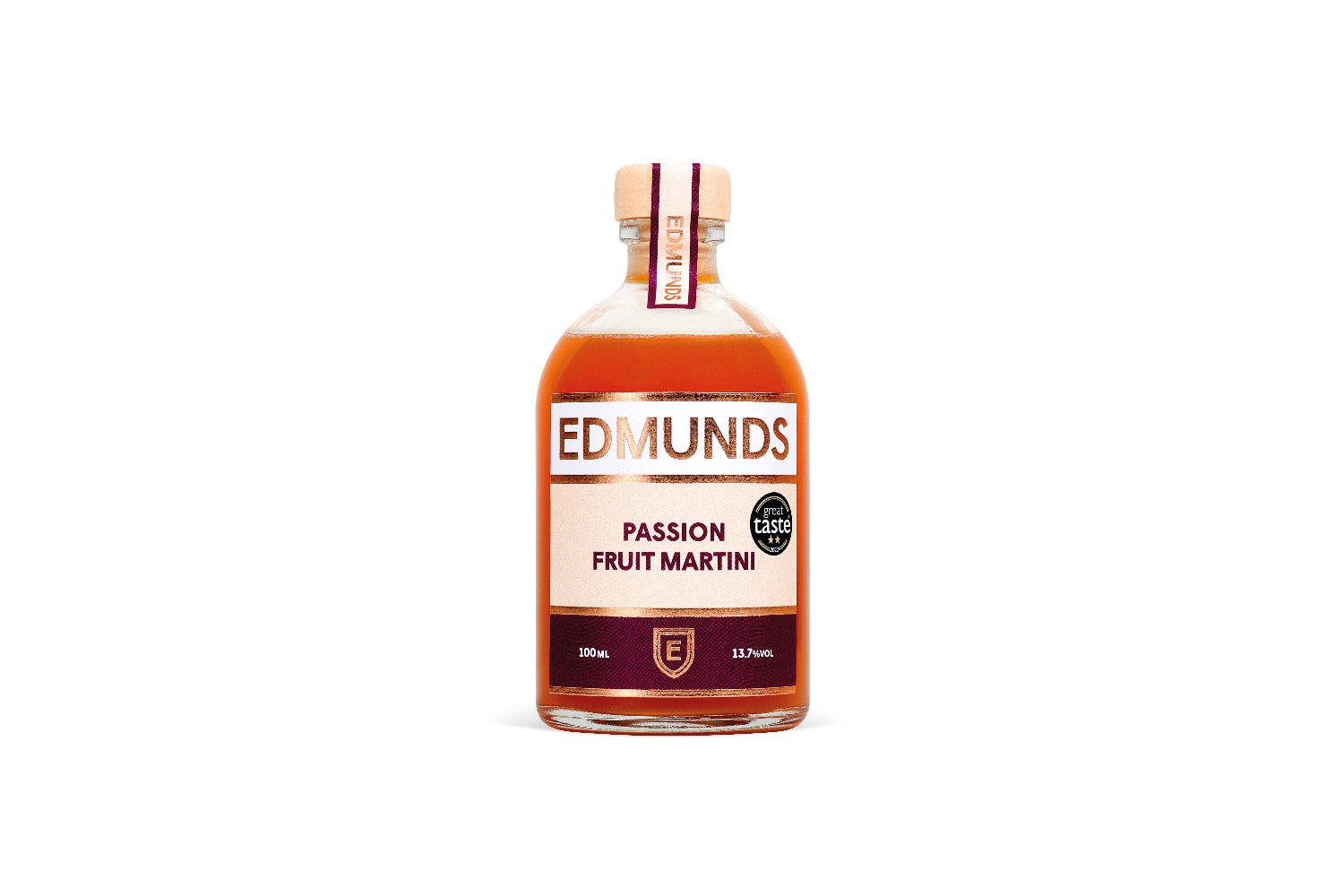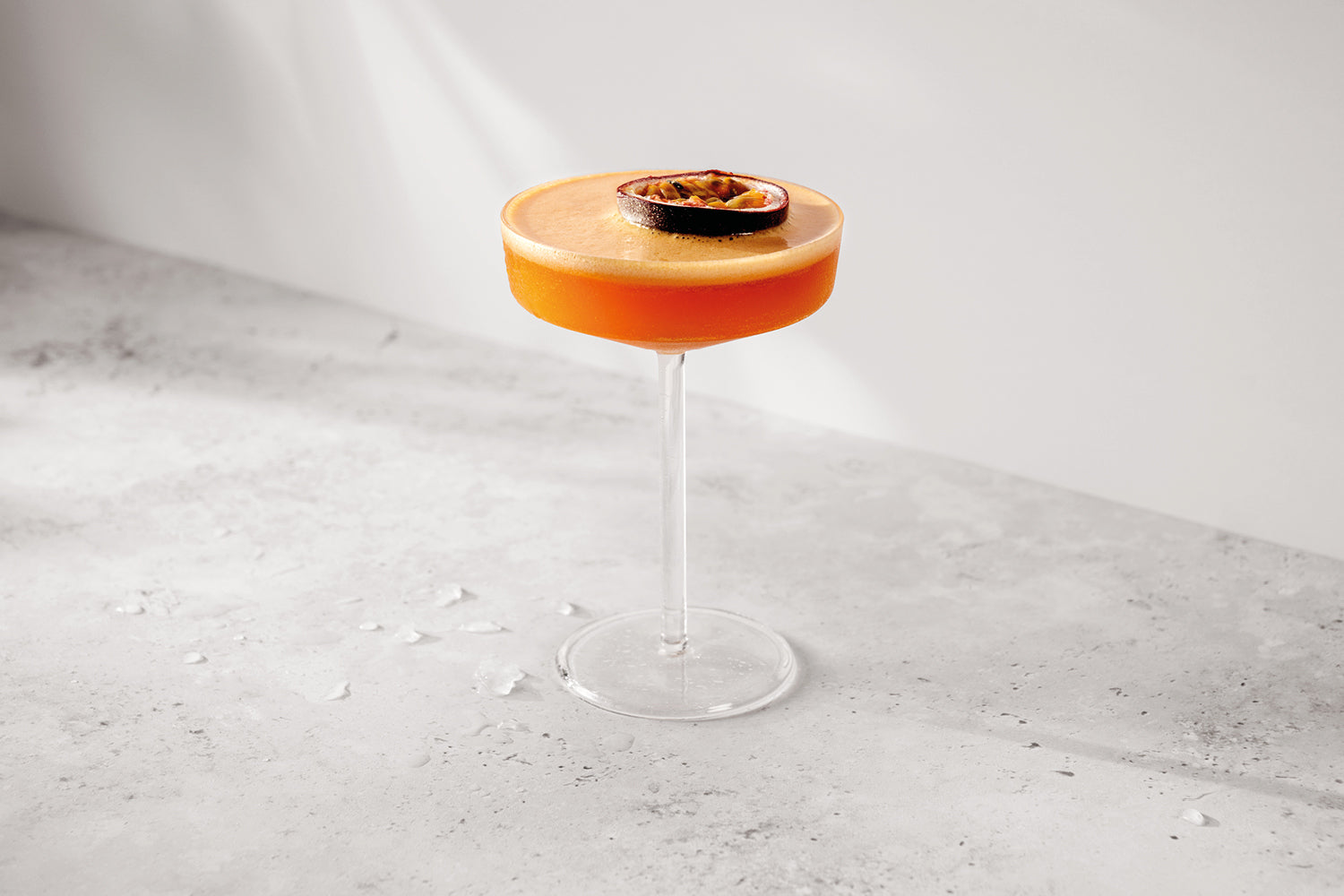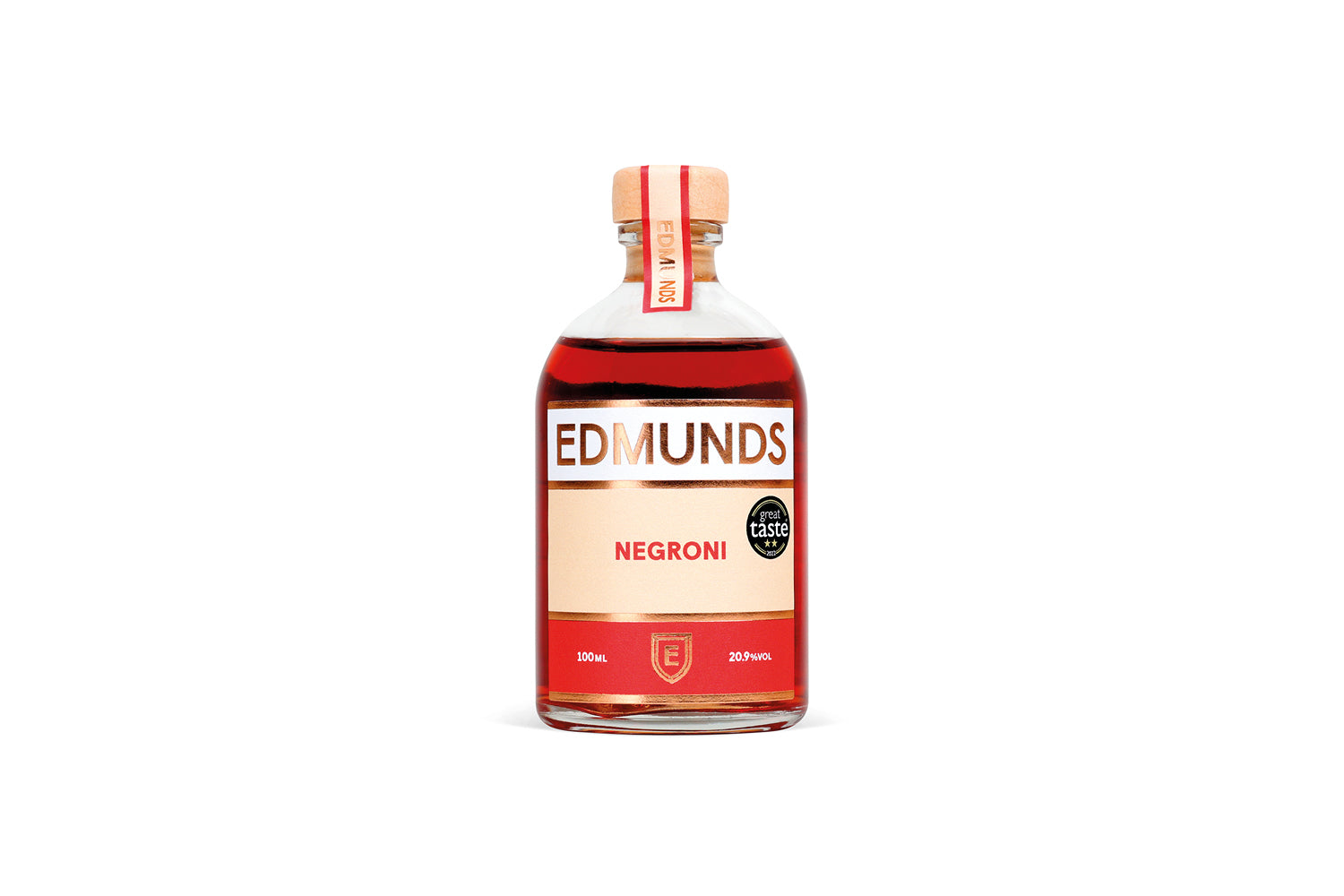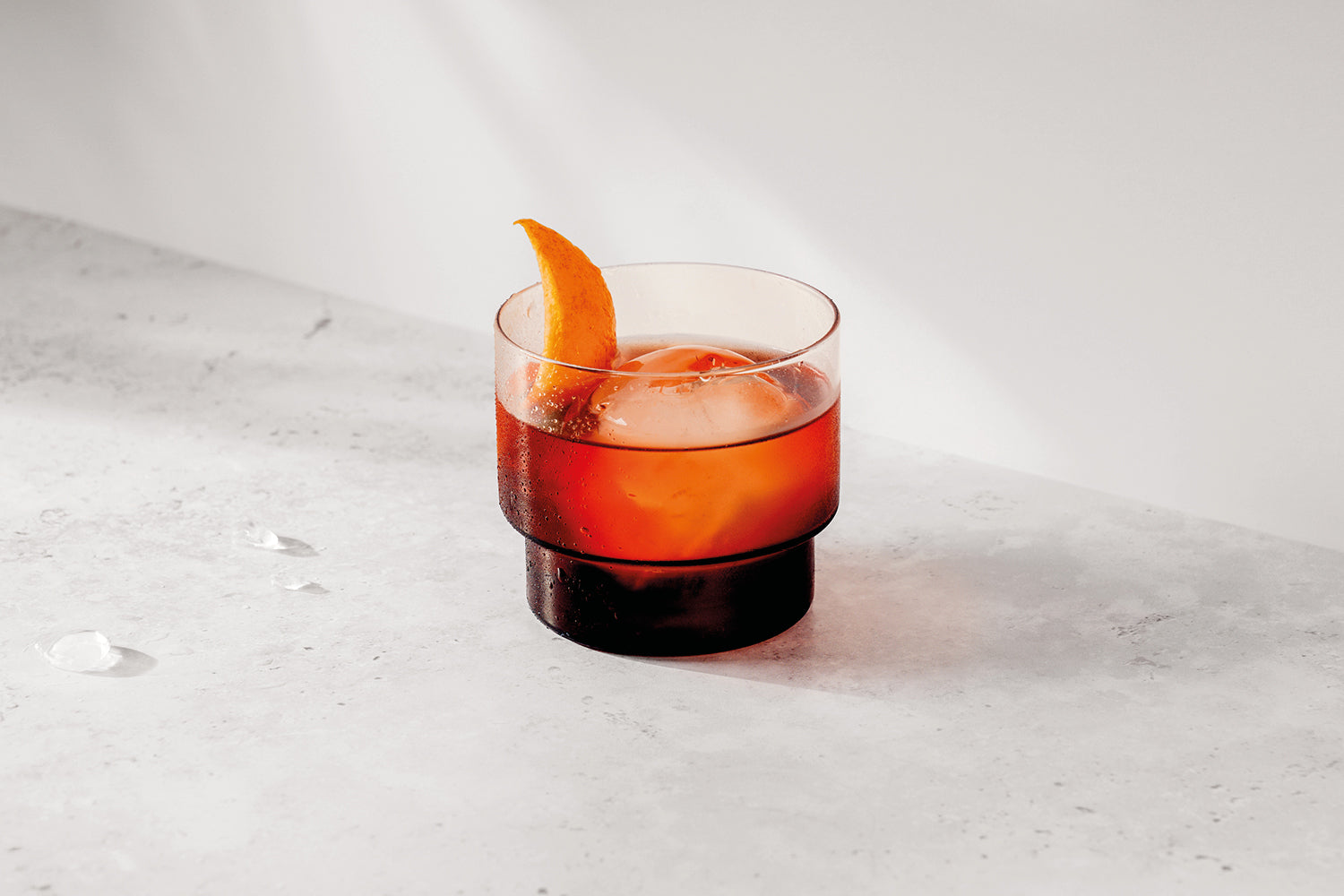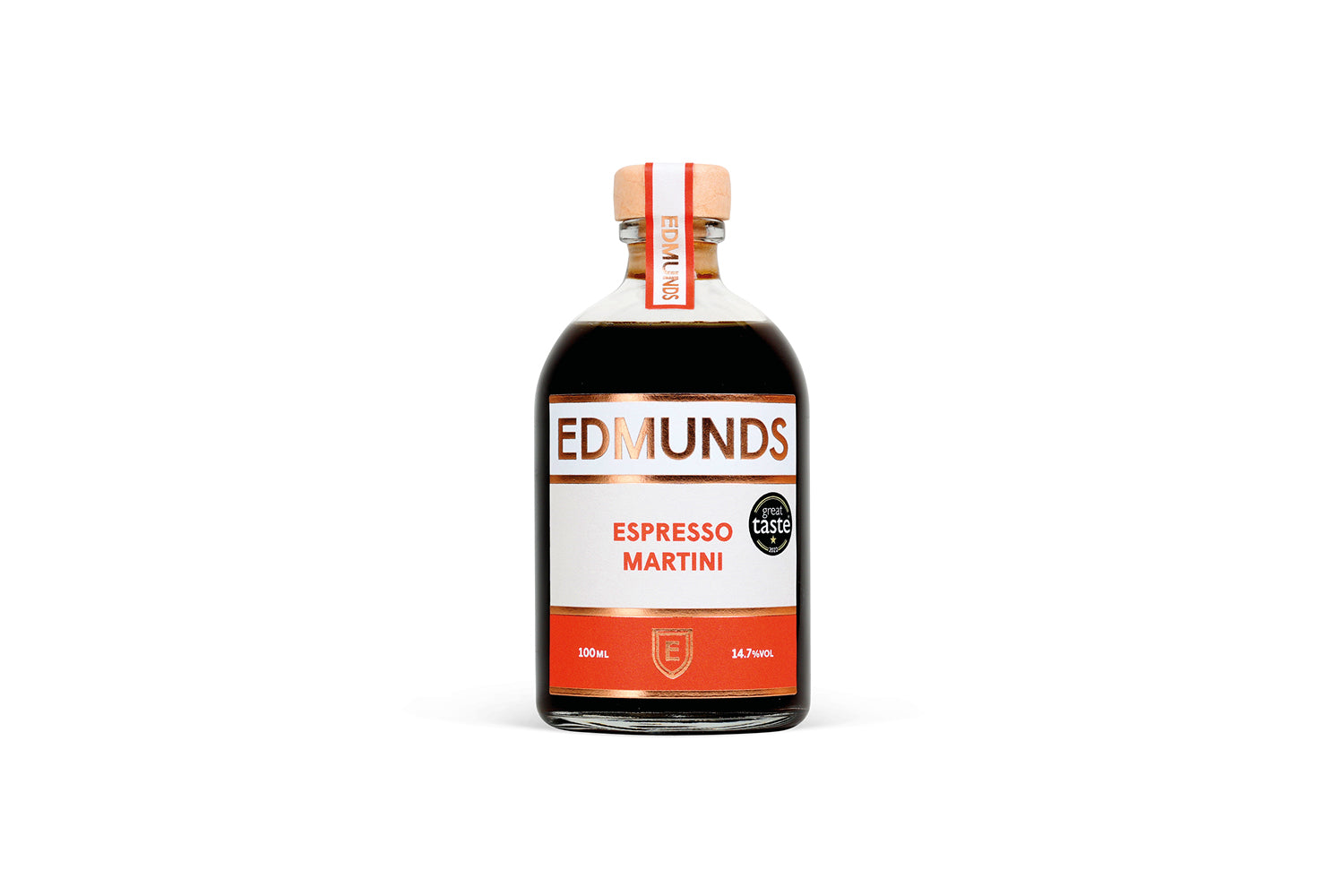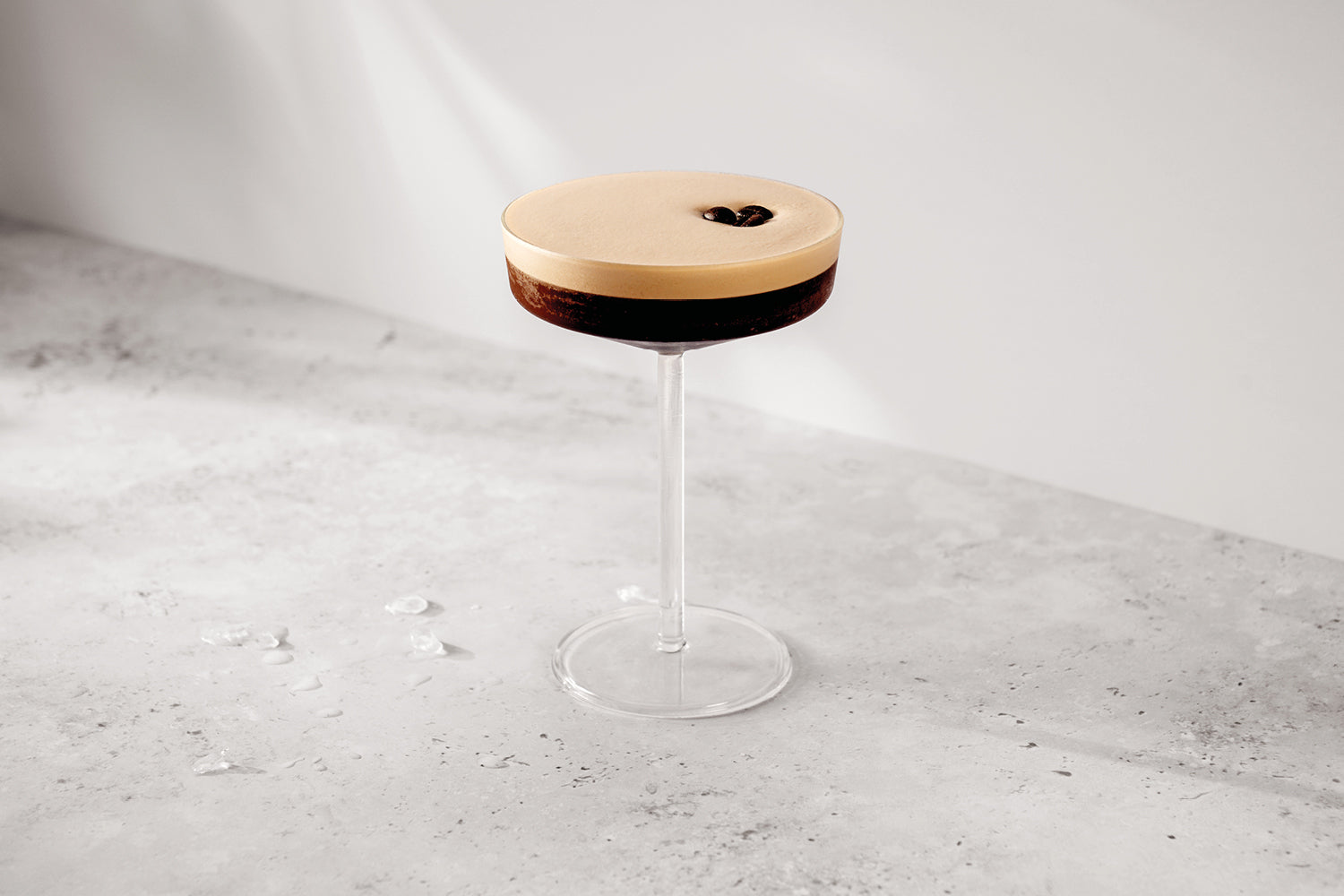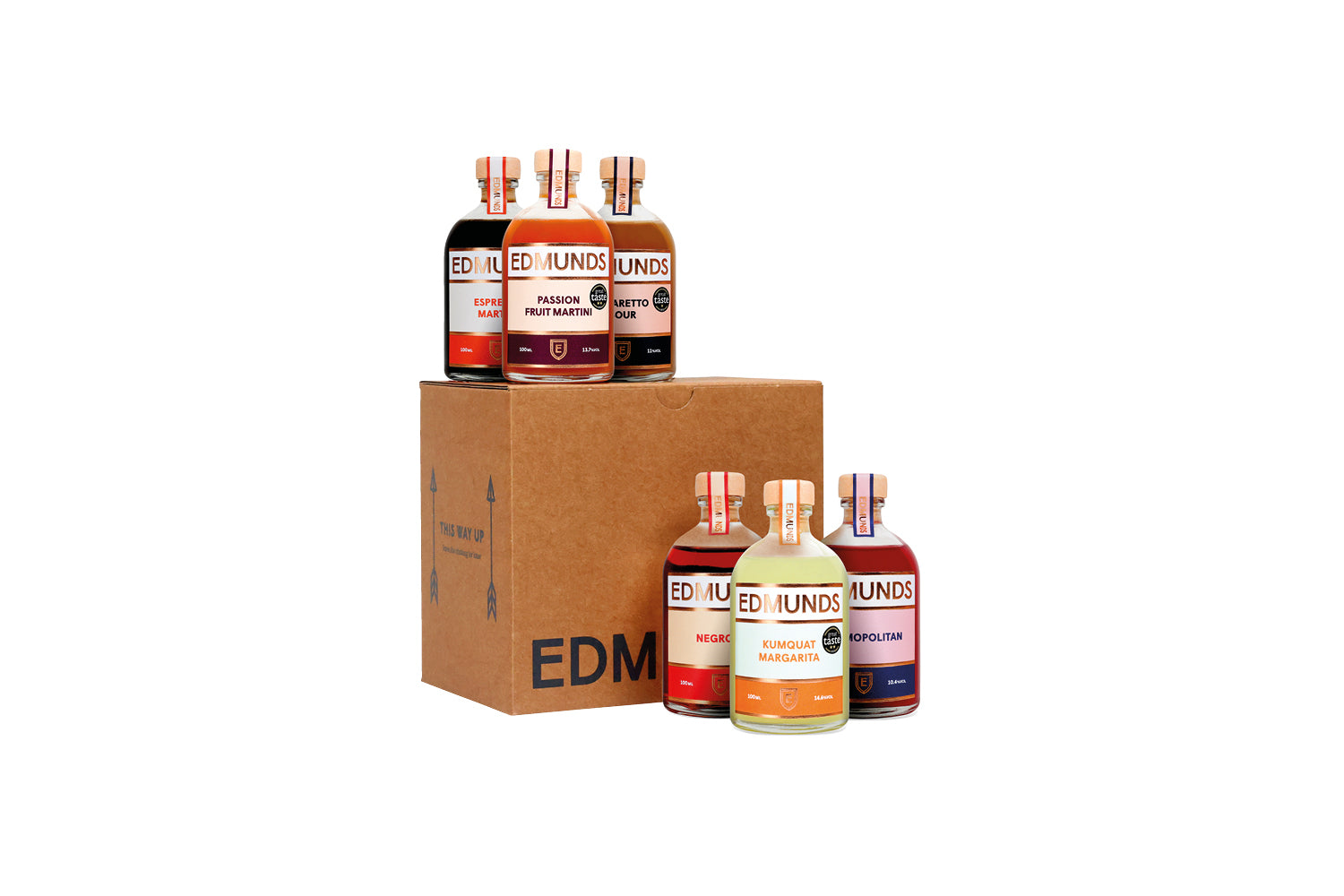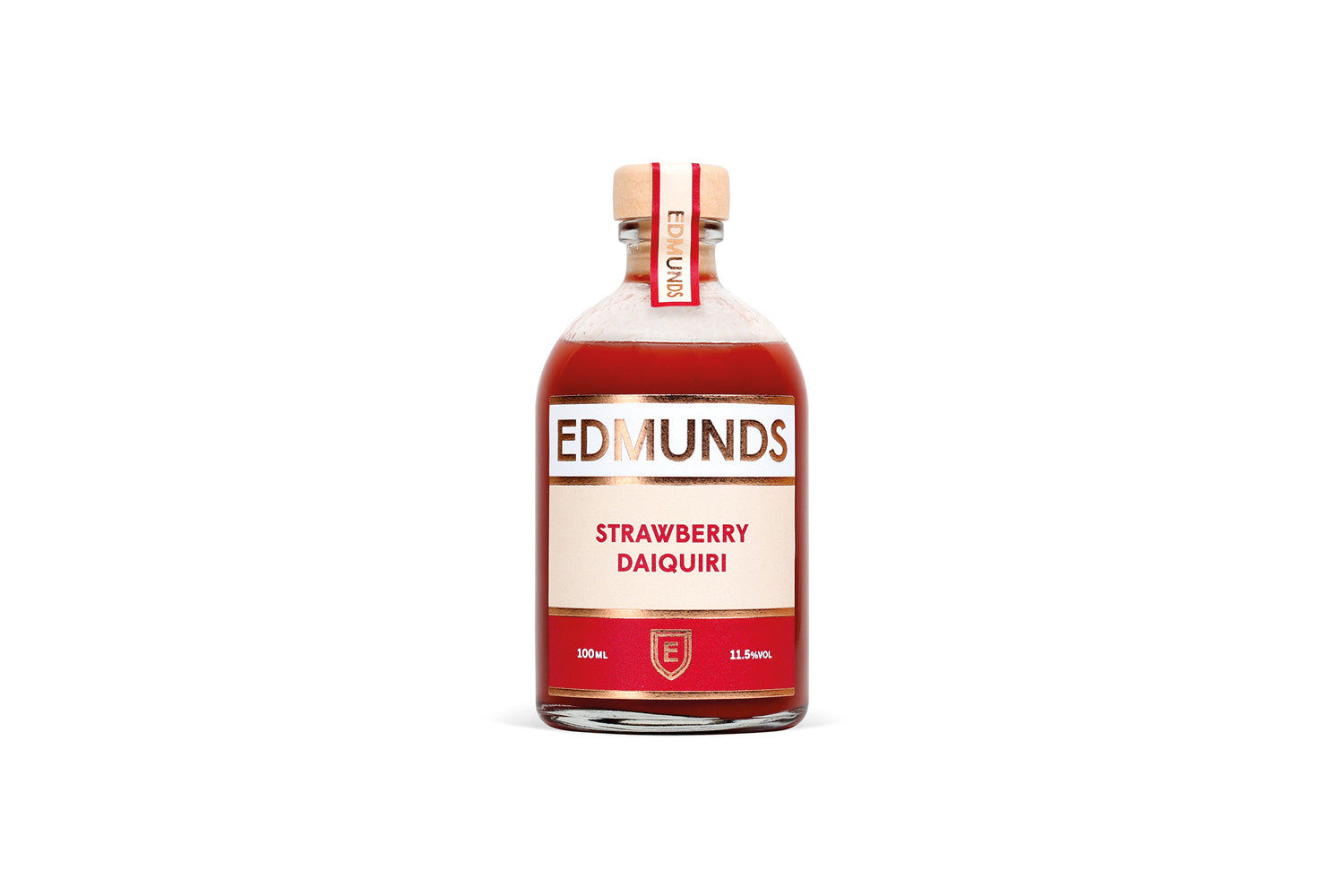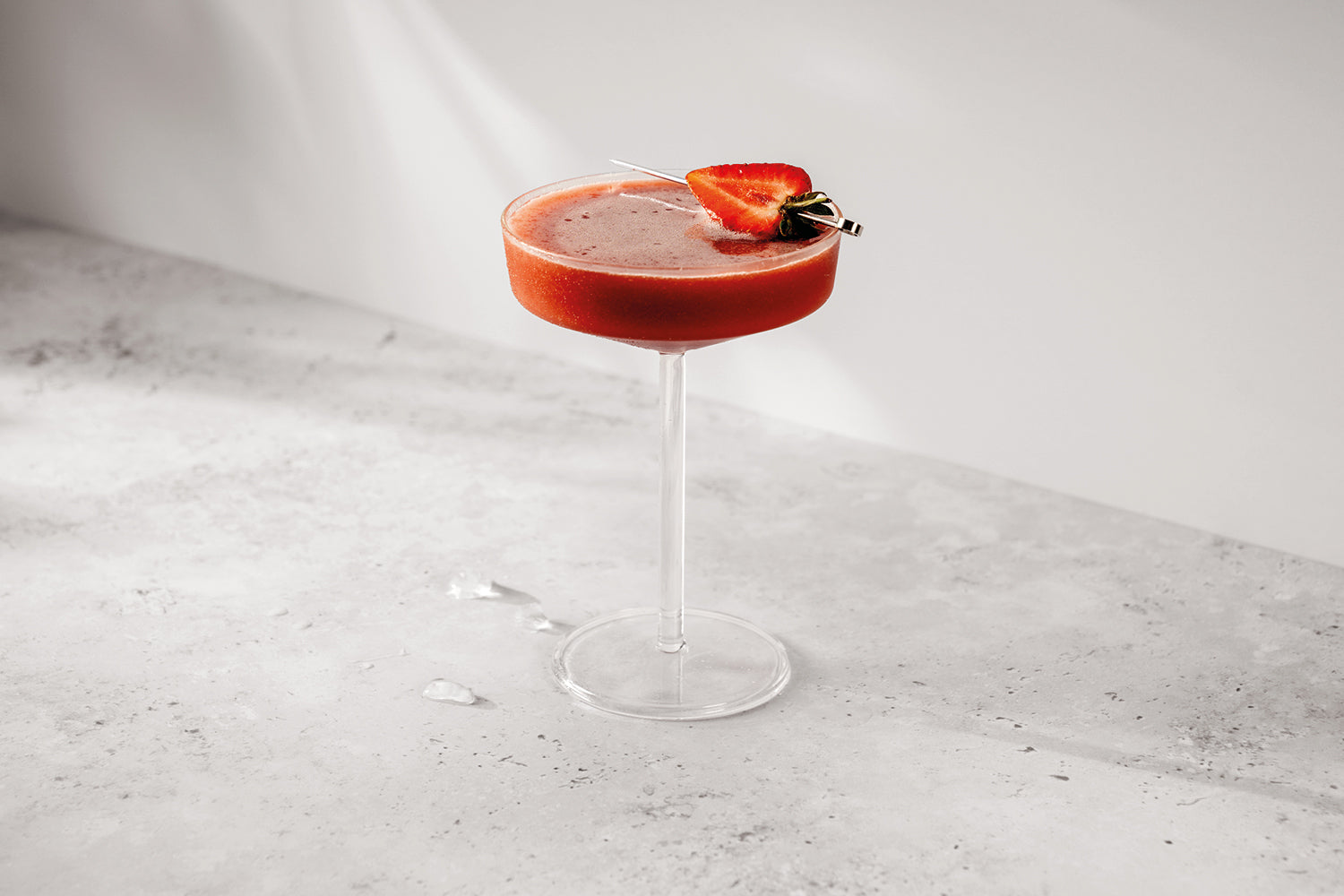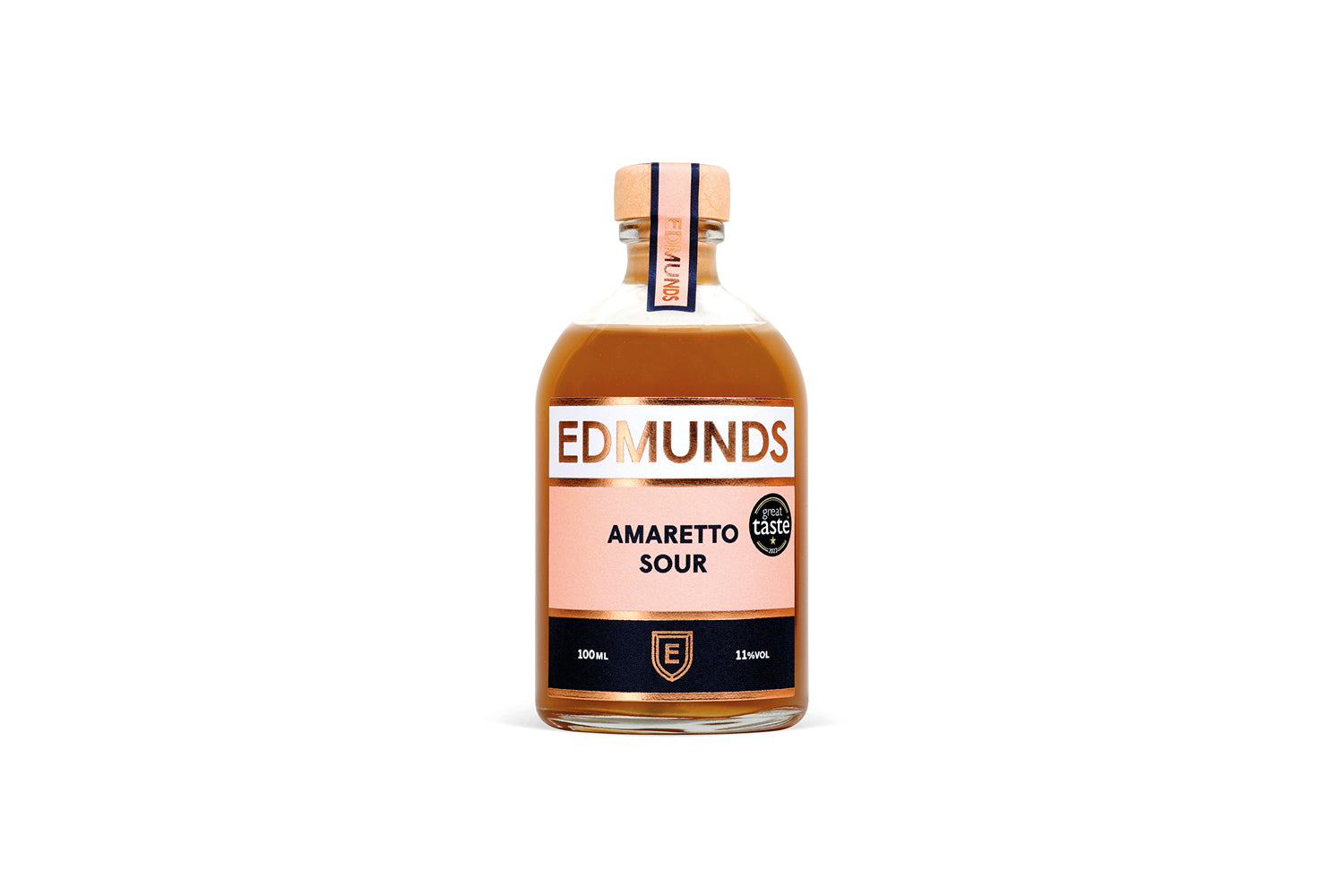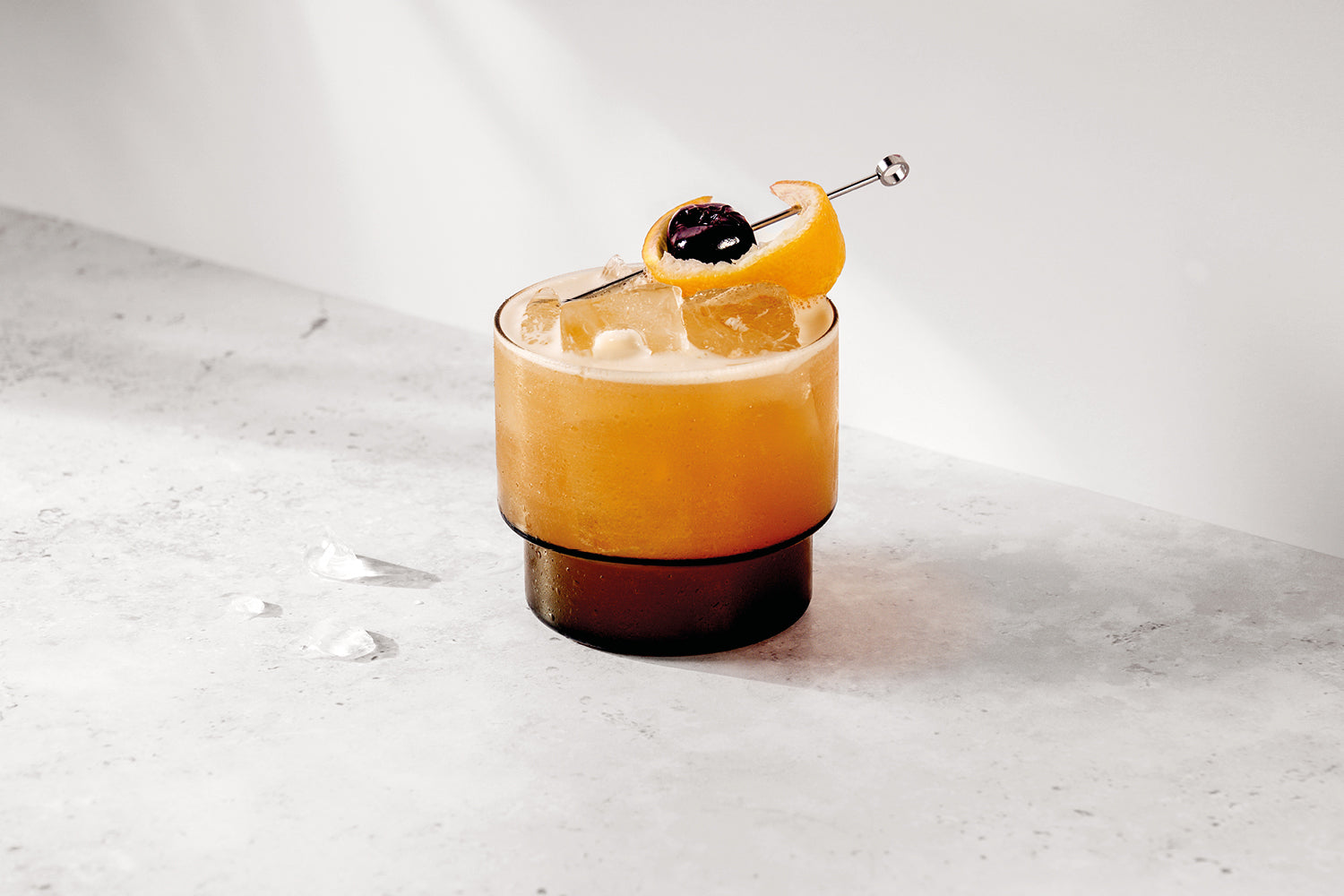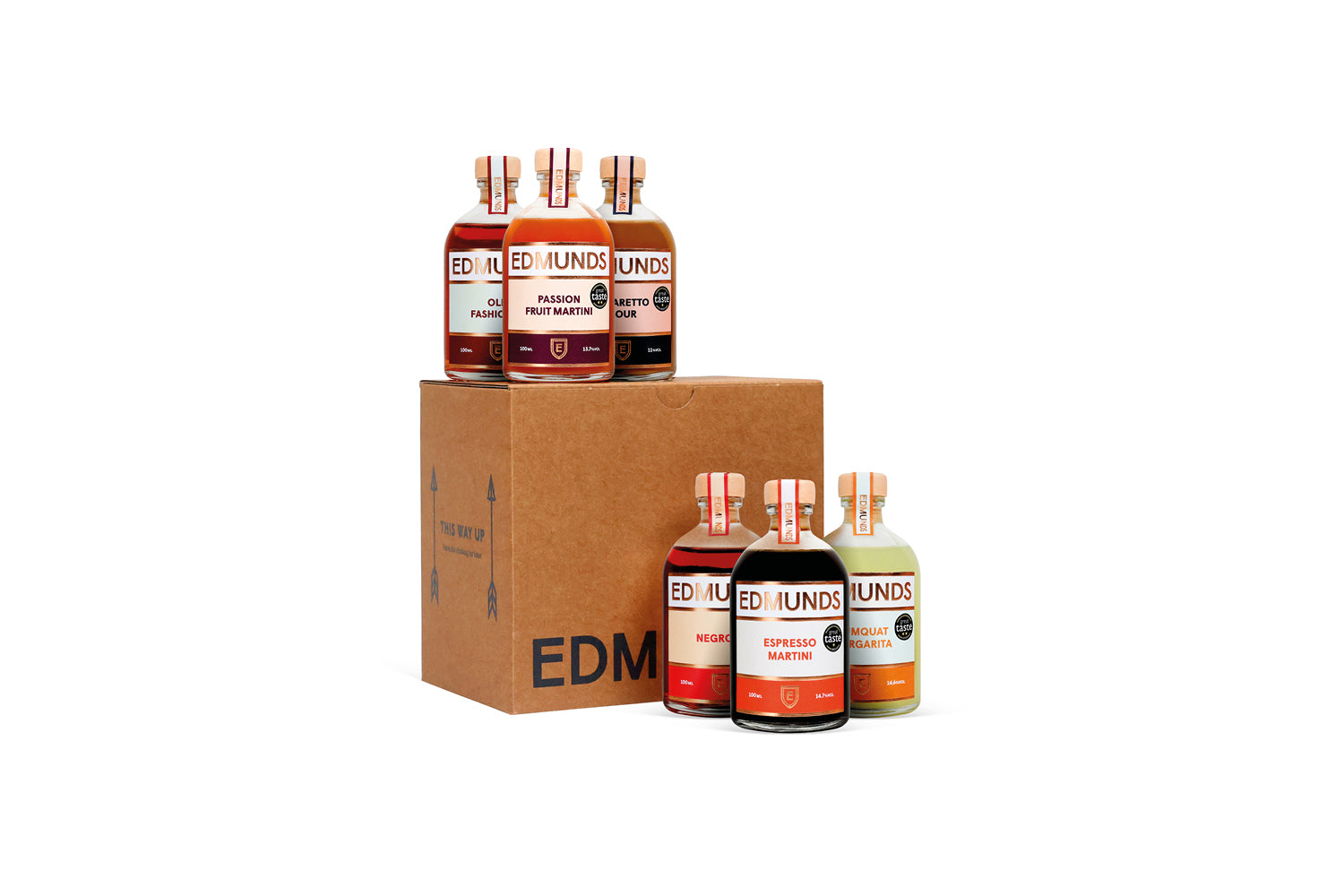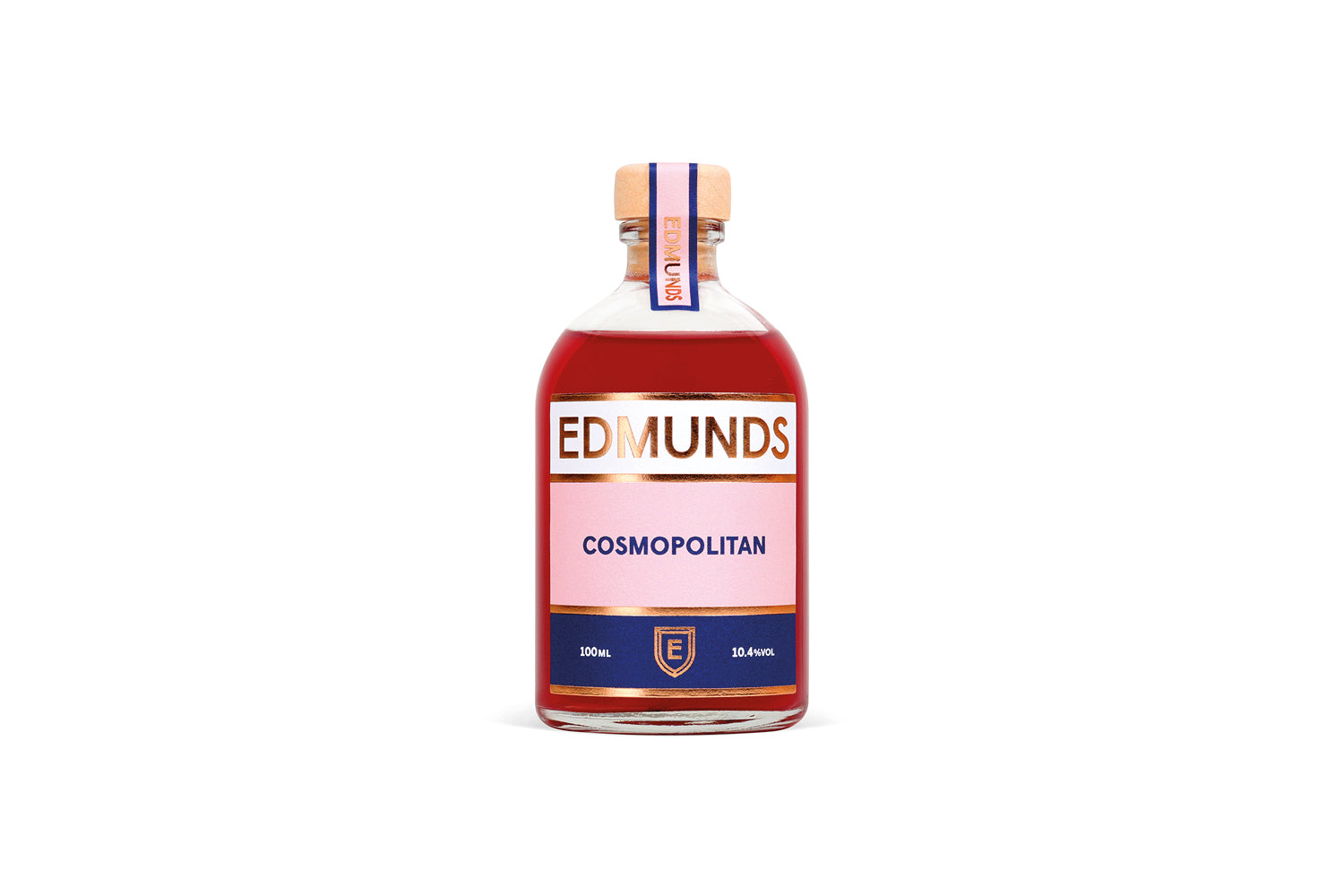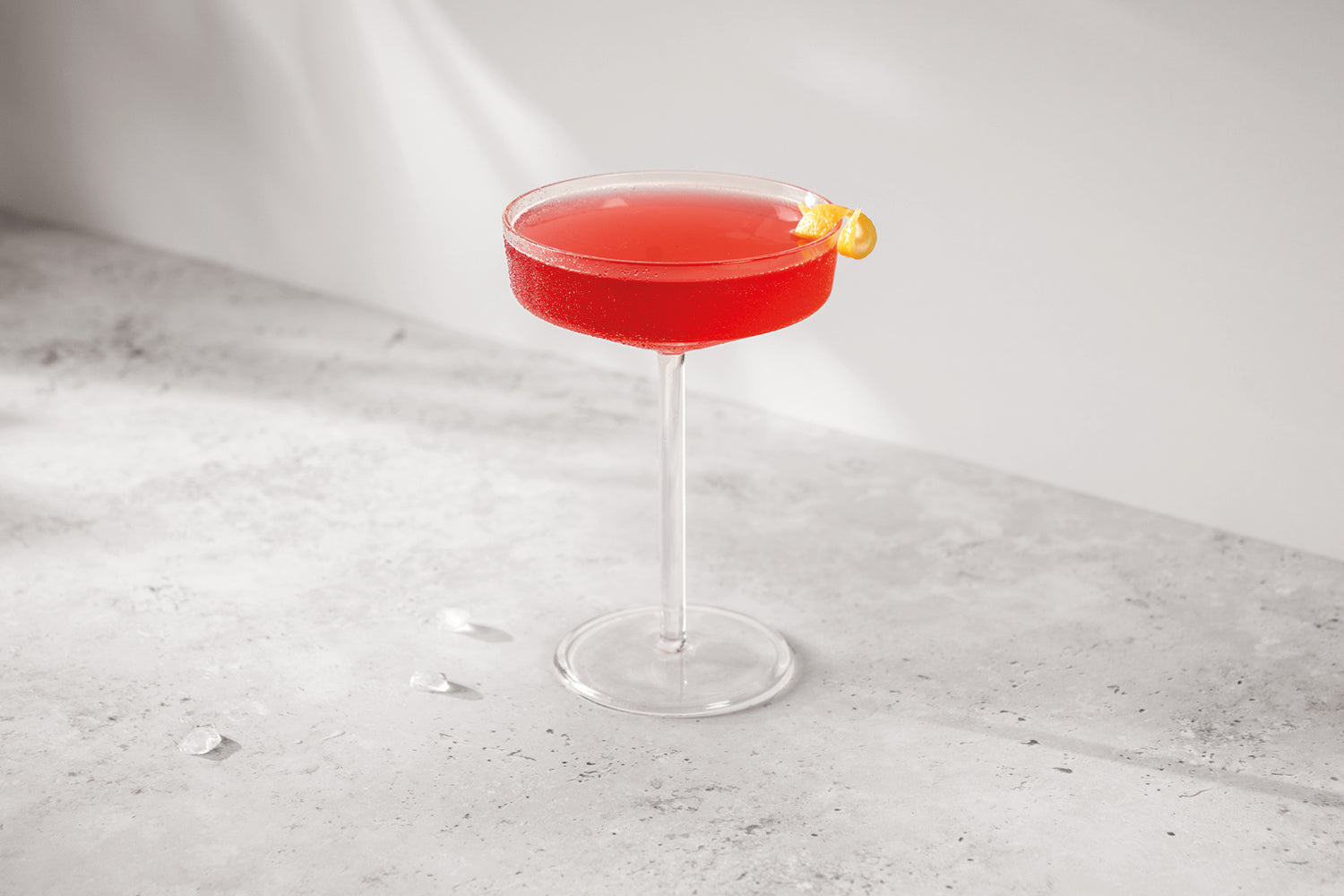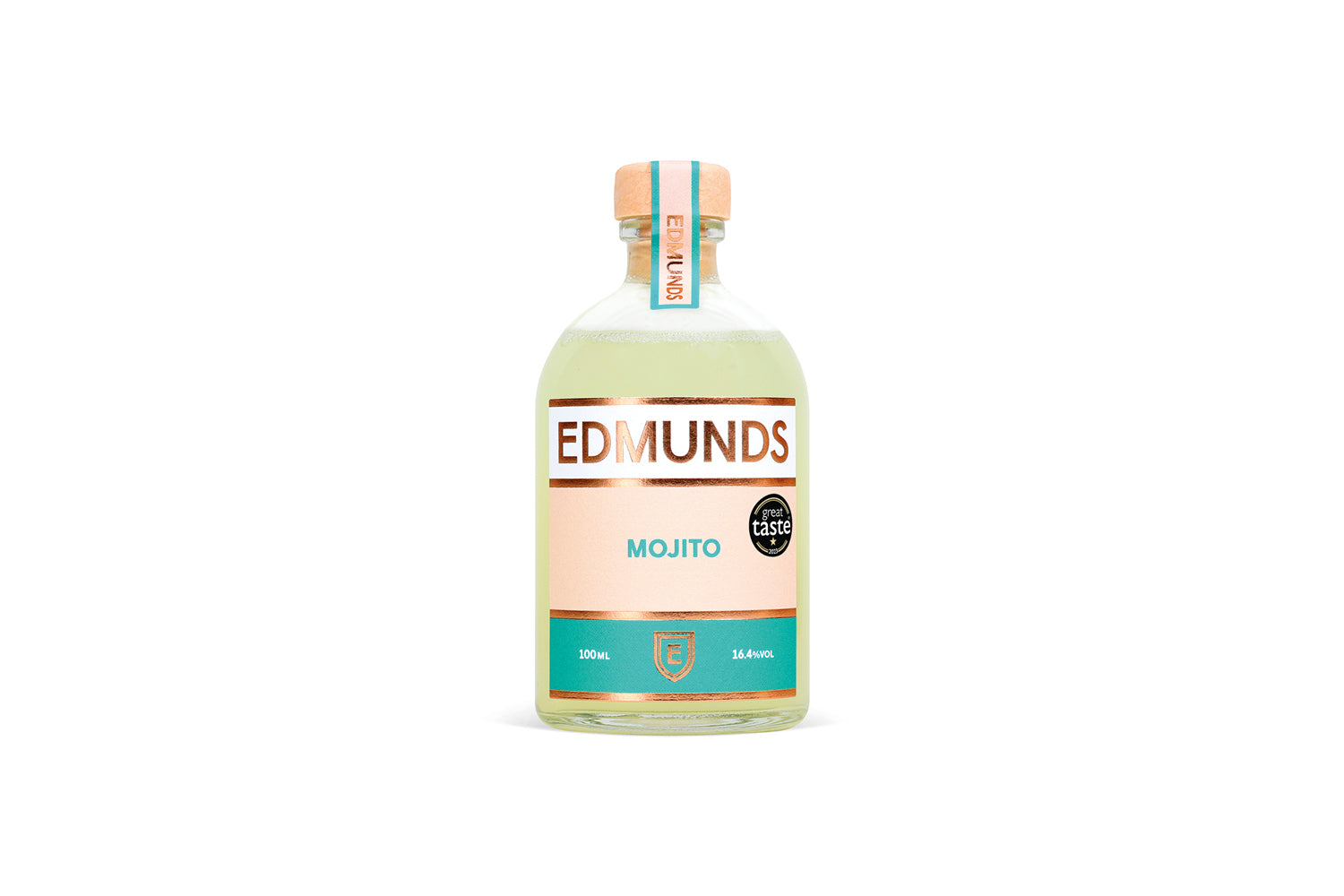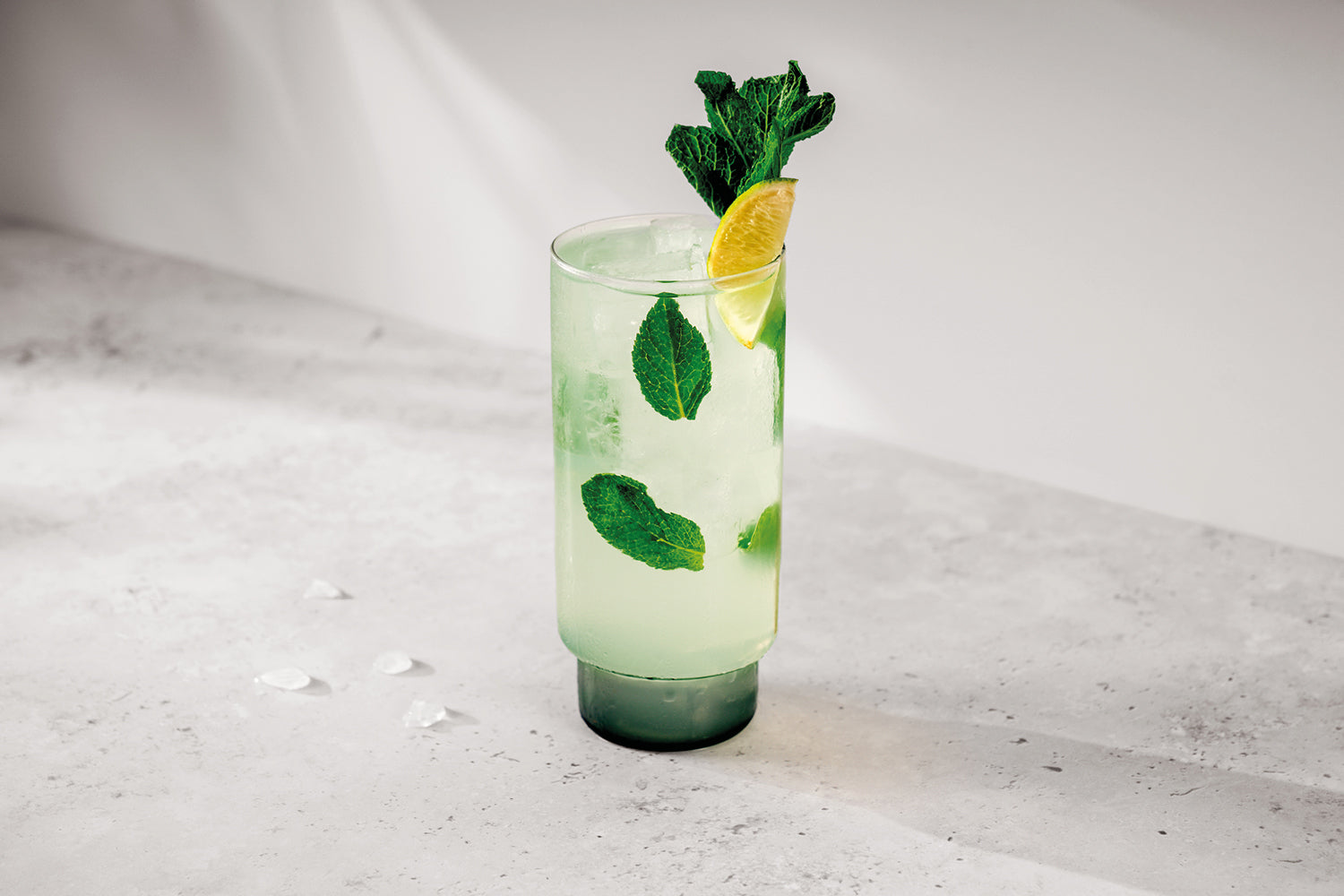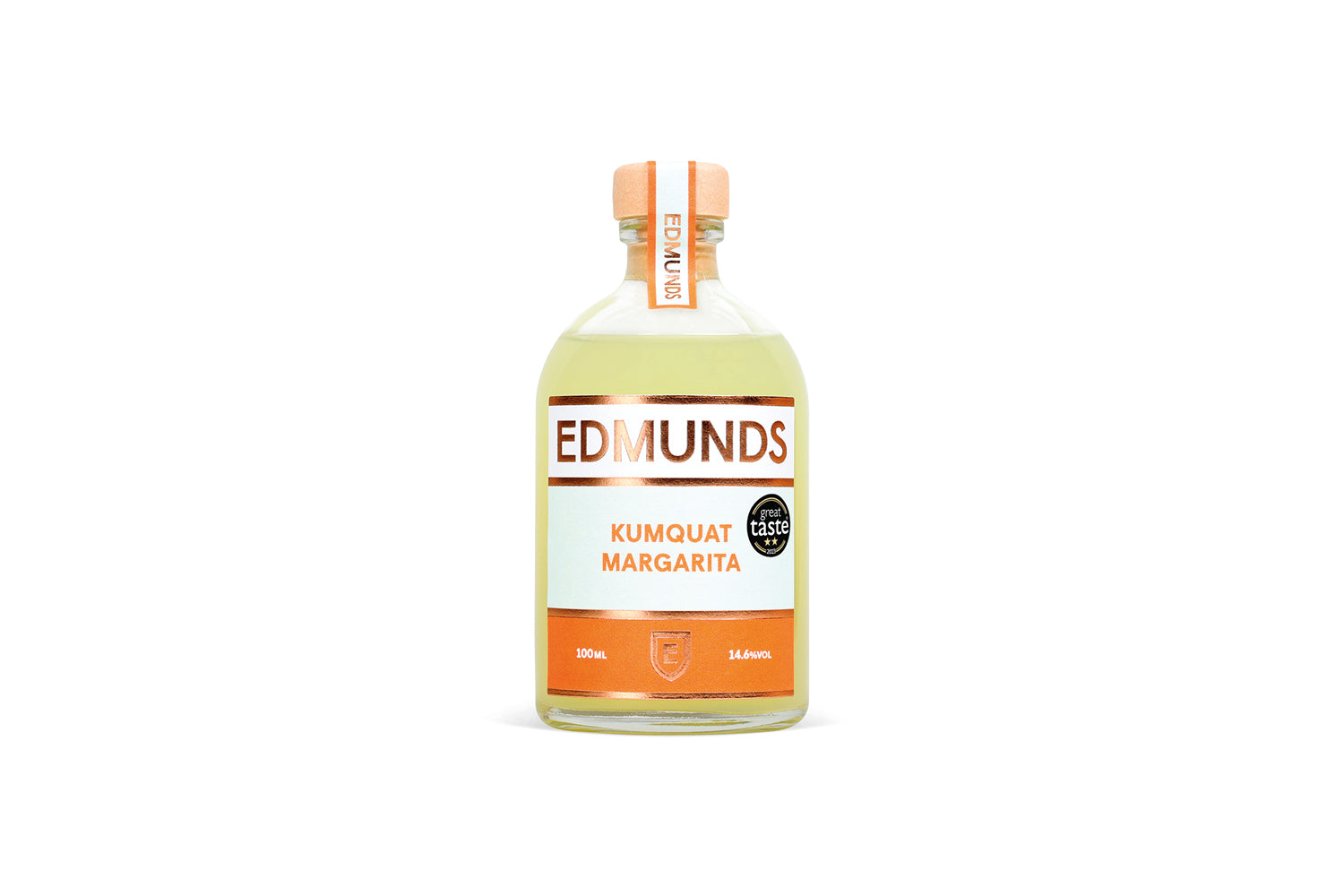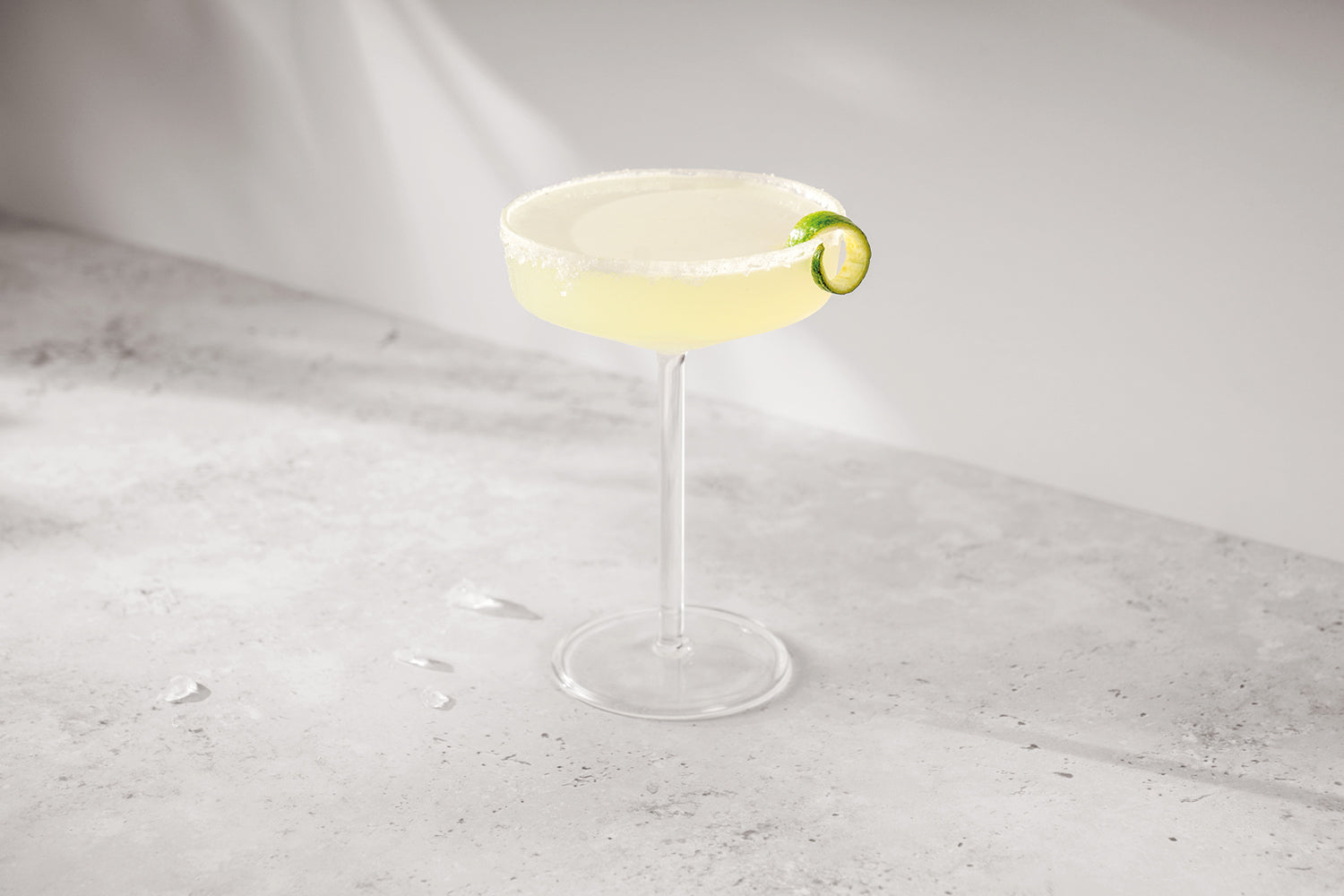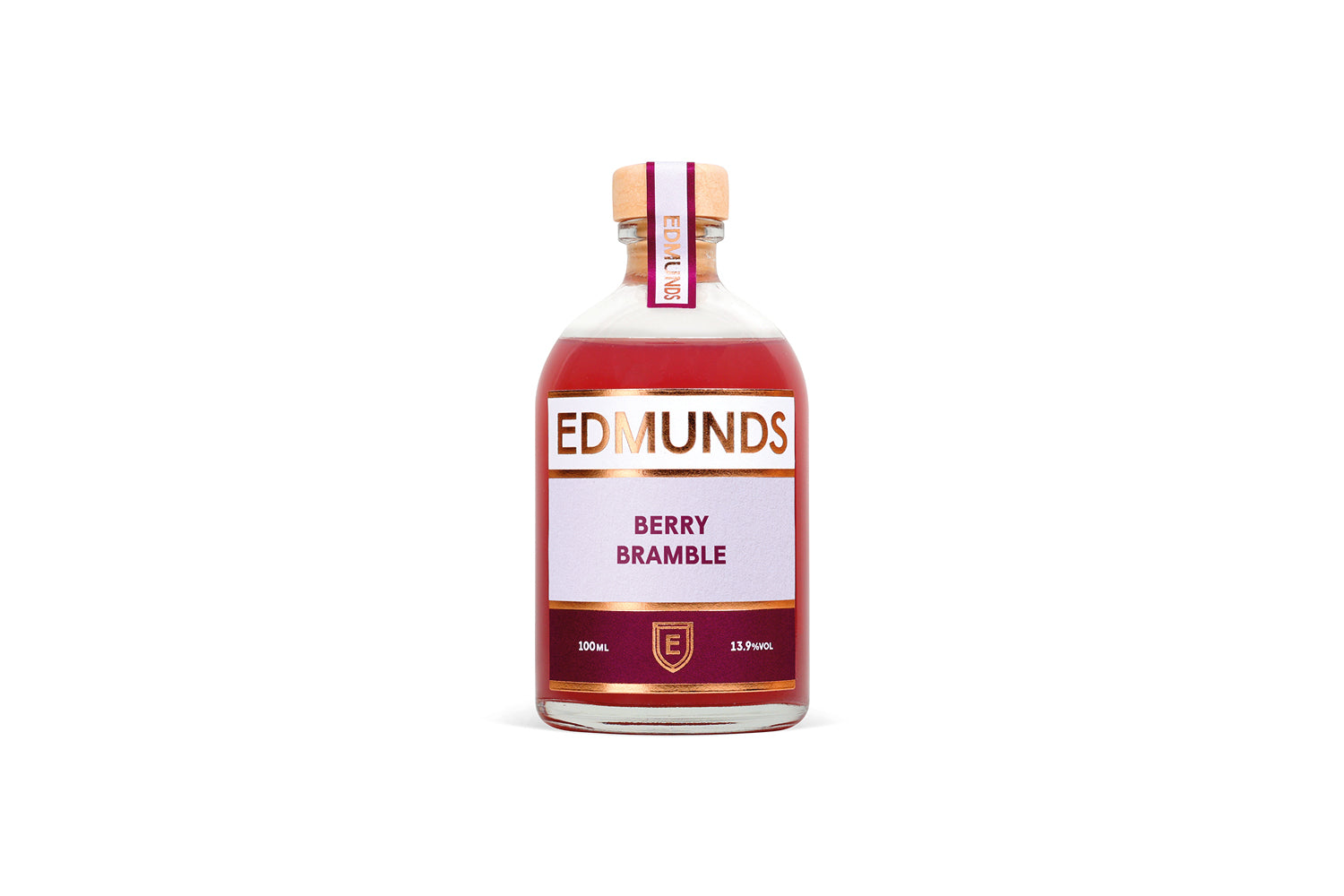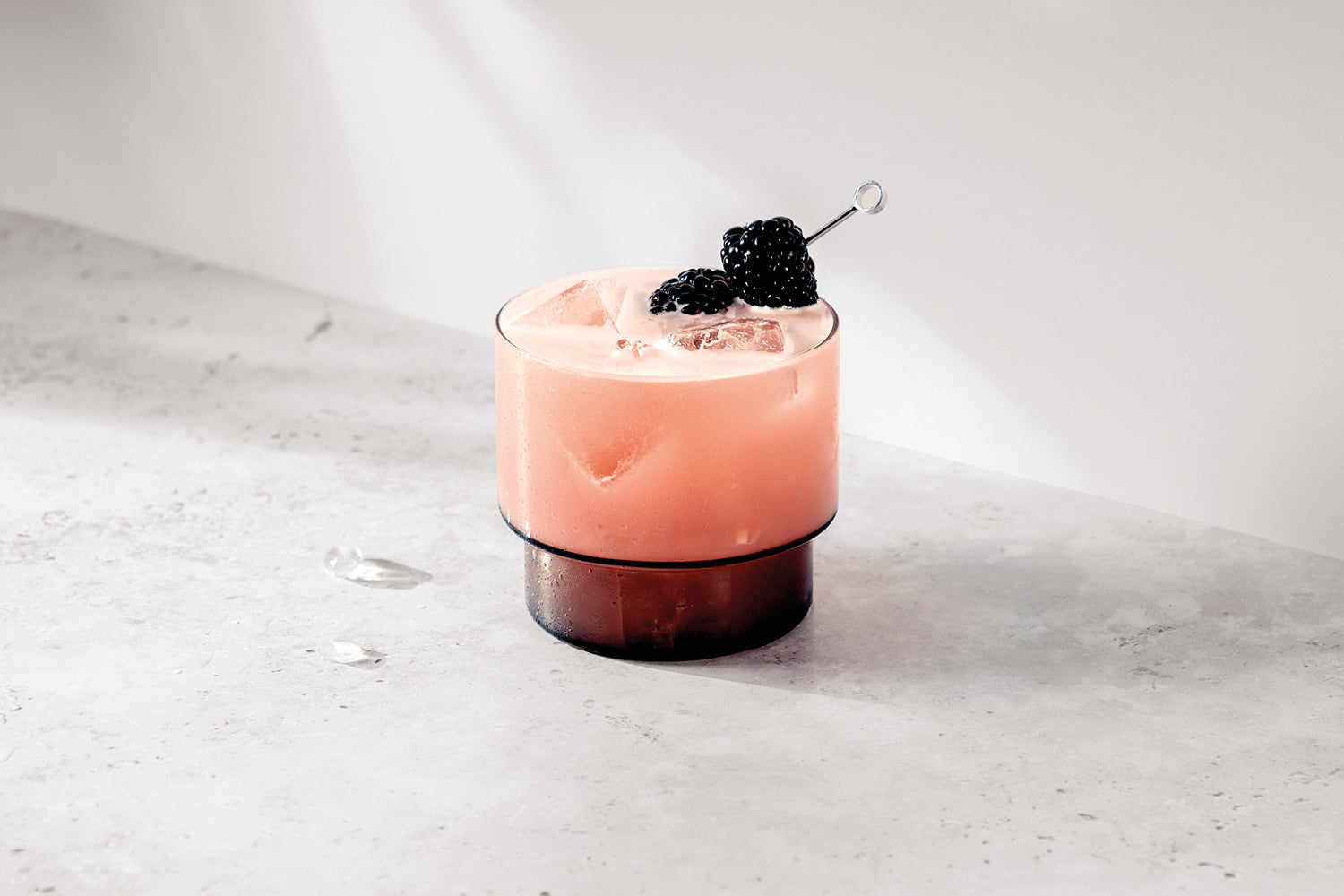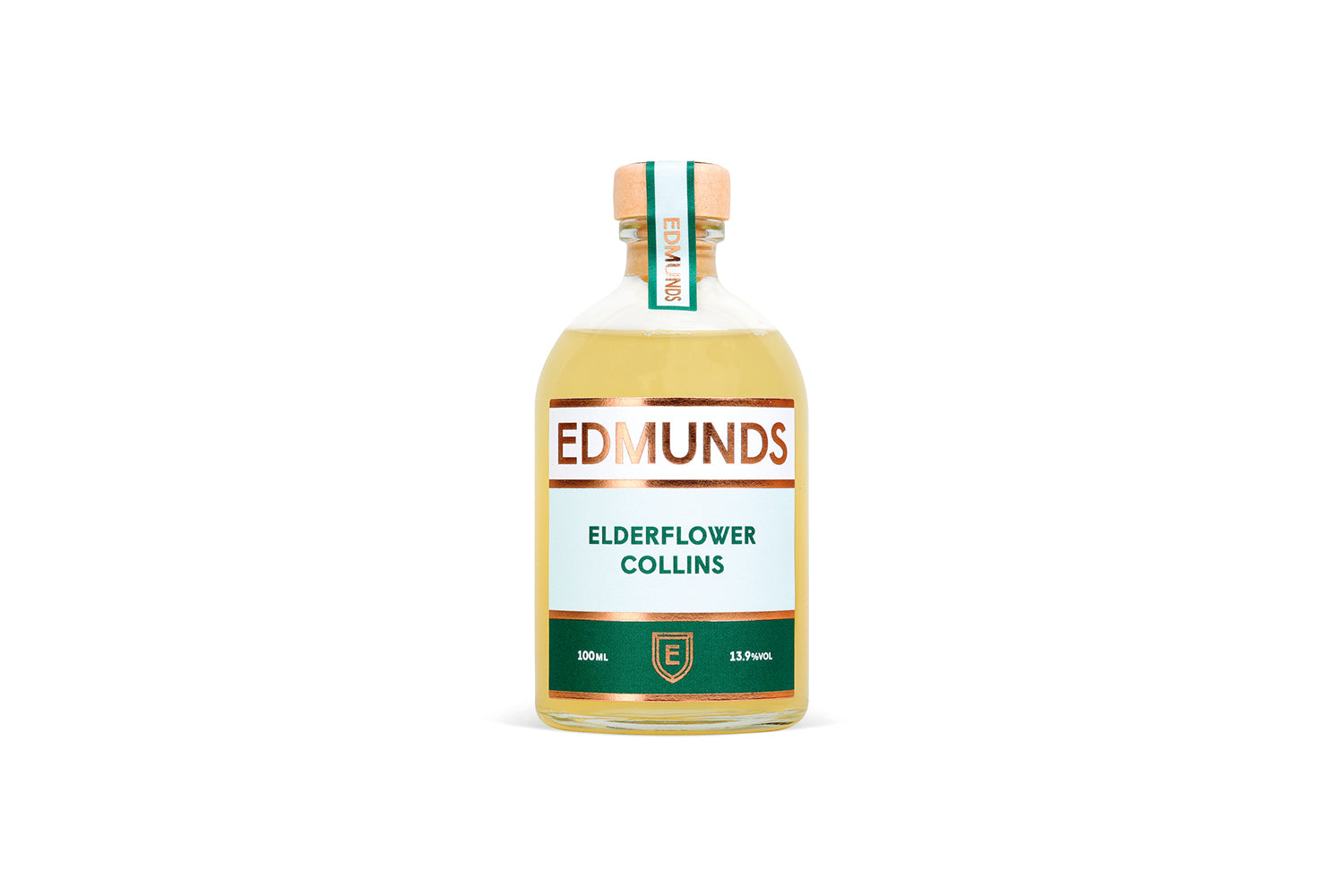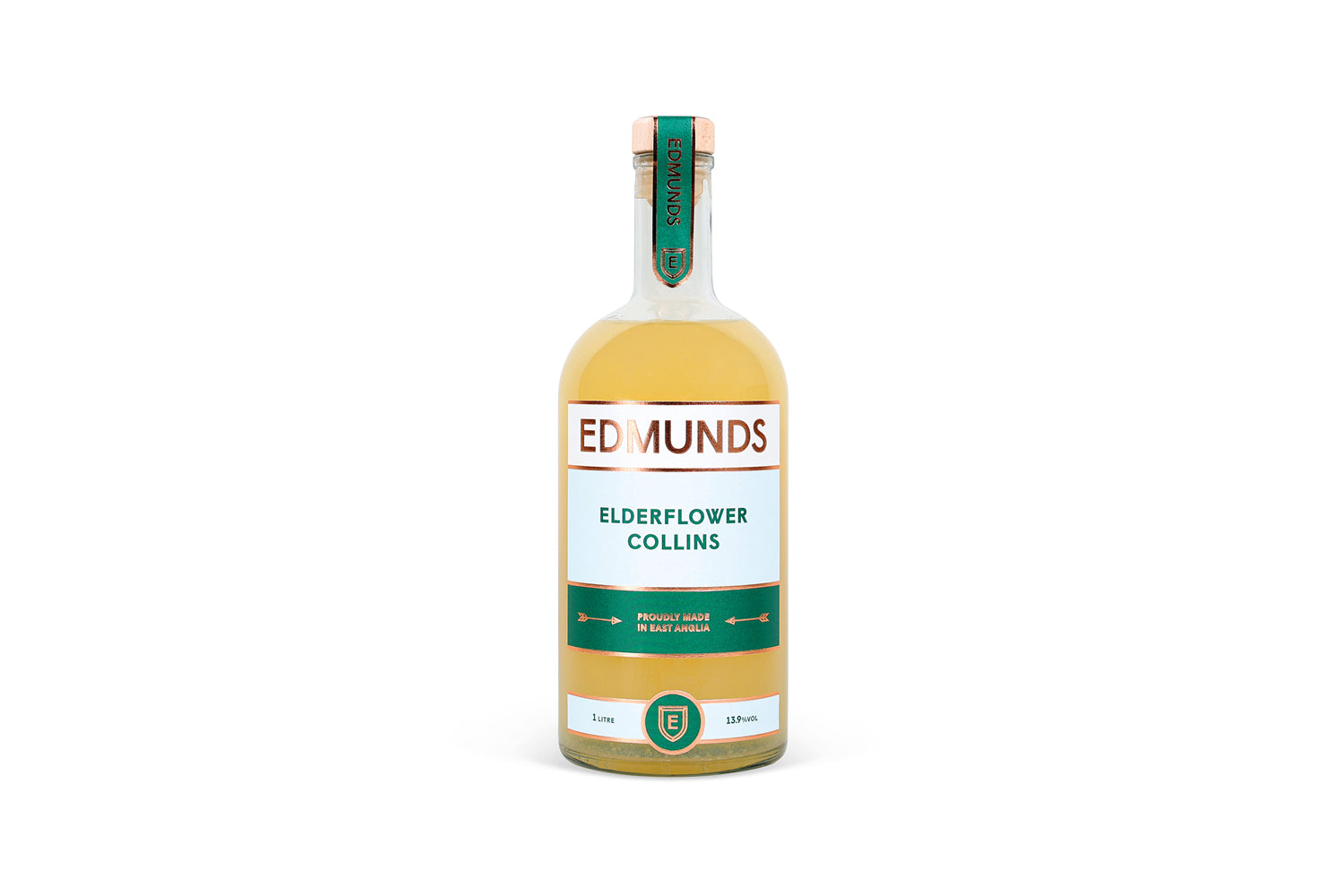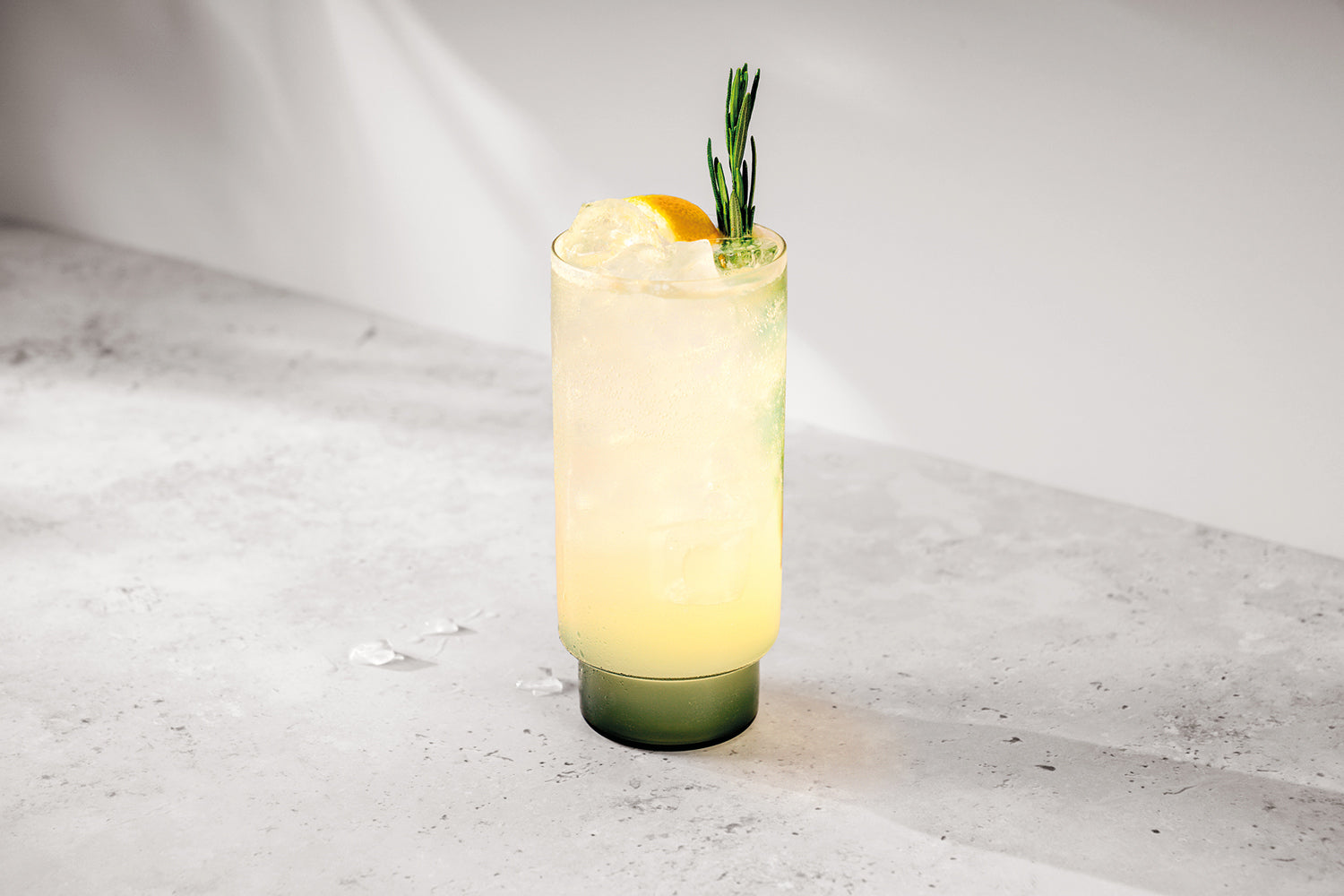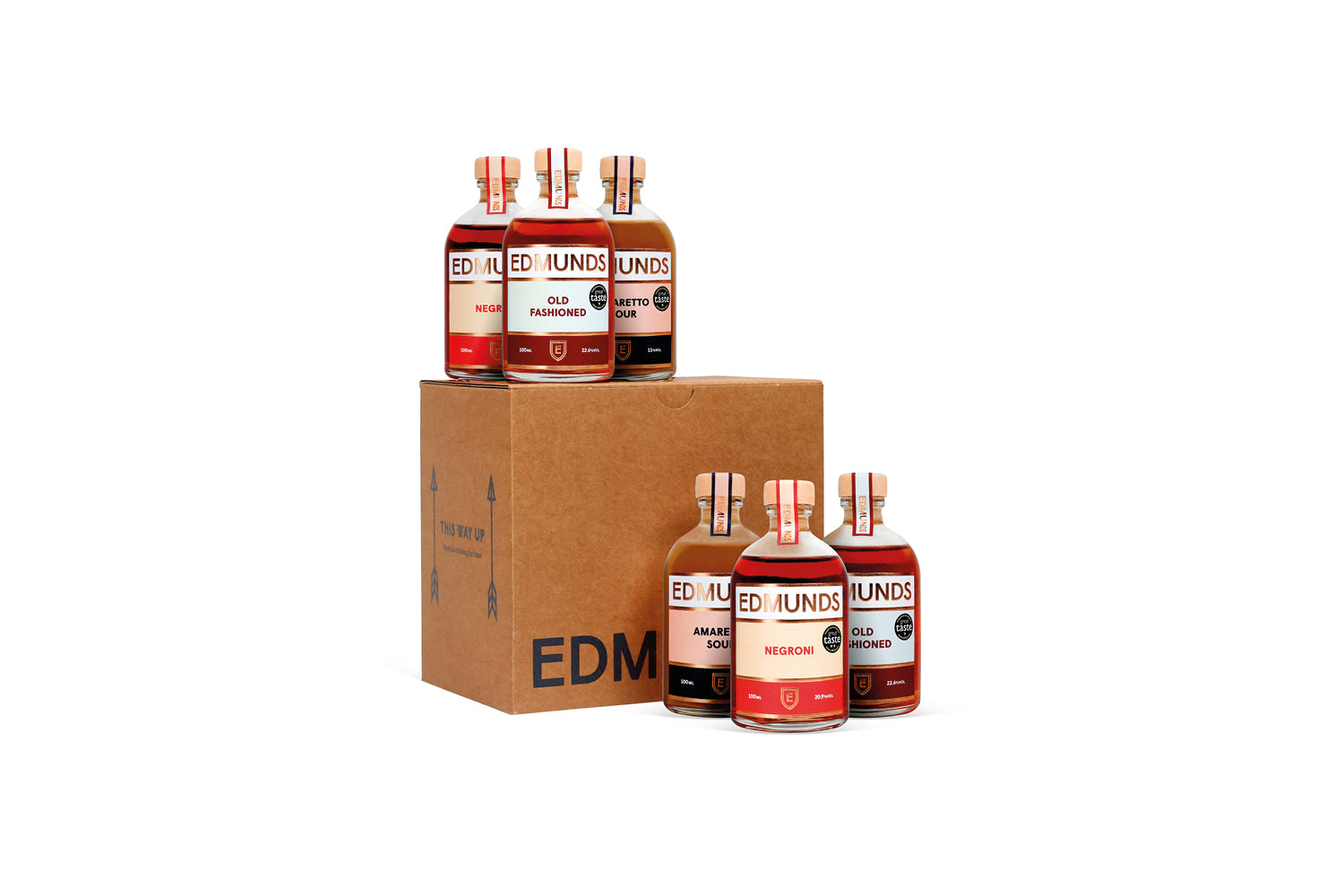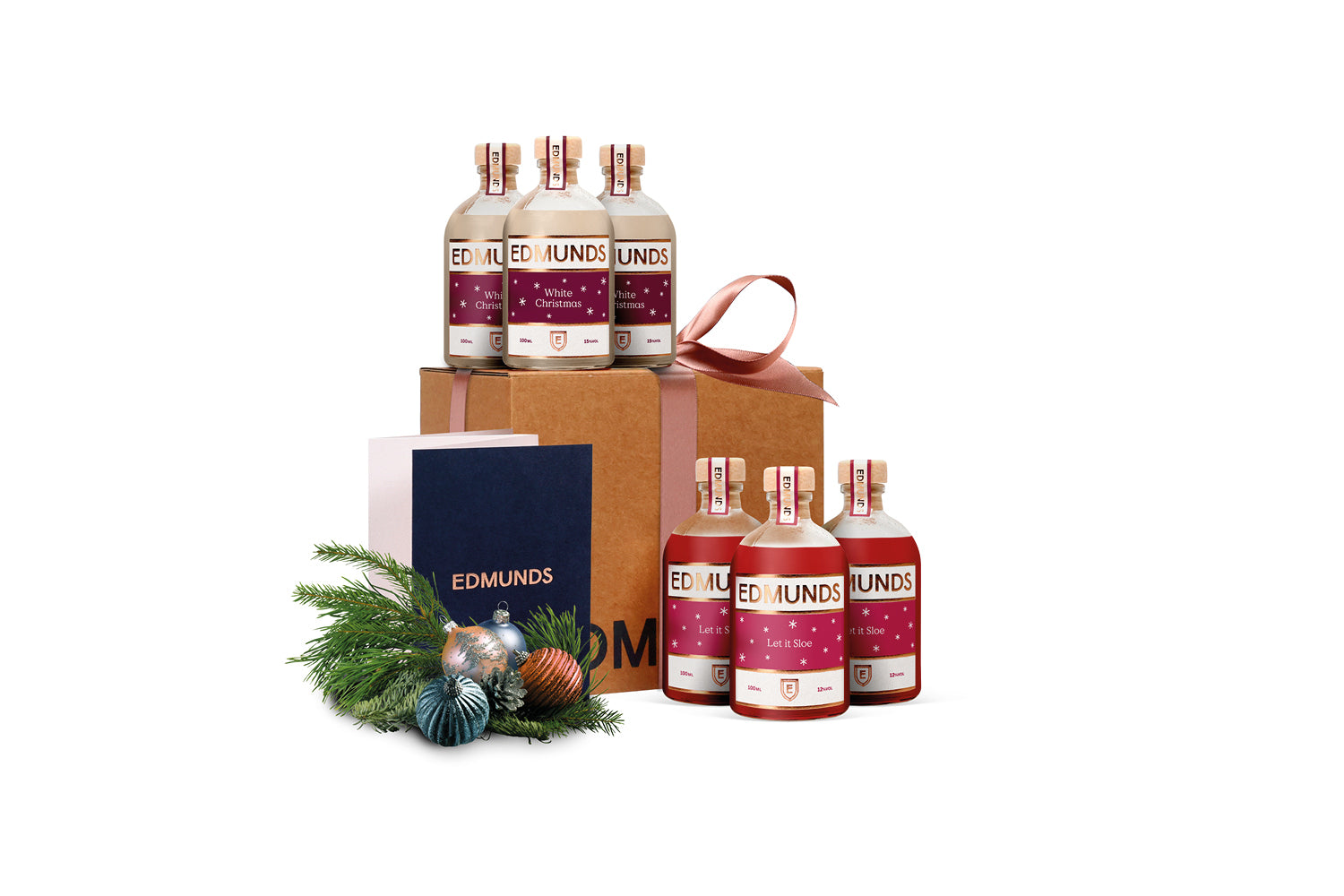For Brits, the Mint Julep is a wholly foreign construct – a US-specific bar cocktail that’s a million miles away from a home-grown whisky and soda or Pimm’s and lemonade.
This is partly because a julep’s spirit base is bourbon – a barrel-aged American whiskey (with an ‘e’) made from corn – but also owes much to its close association with the American South in works of fiction like To Kill a Mockingbird and Cat on a Hot Tin Roof.
A cool drink for a hot climate
There’s an iconic scene in the 1963 screen adaptation of Ian Fleming’s Goldfinger when James Bond’s titular nemesis offers his captive a julep on the veranda of a high-end Kentucky stud farm. Bond’s nonchalance and stated preference for ‘sour mash, not too sweet’* neatly cements the spy’s position in cinemagoers’ minds as a sophisticated connoisseur of high-class food and drink.
In fact, few drinks capture the romance of US southern-state hospitality like the julep. Traditionally served in frosty silver cups brimming with crushed ice, it is as much a symbol of ritual and refinement as it is a cocktail. Long associated with warm climes and with scenes of the wealthy and entitled at leisure**, the julep has become an enduring cultural icon
From Middle East to Deep South
The julep’s history stretches far beyond the American South. The word itself comes from the Persian for rosewater – gulab – which was used as a generic term for sweetened herbal elixirs. It’s likely that the gulab travelled into Europe, where mint was substituted for more costly rose petals, before continuing its migration to colonial America.
By the late eighteenth century, Americans had reimagined the drink entirely. Spirits like peach brandy and rum replaced cognac, turning the julep into a stimulating tonic, often taken in the morning. In Virginia and Kentucky, whiskey – particularly bourbon, which was locally distilled – soon became the spirit of choice.
By the early 1800s, the mint julep had become firmly entrenched in southern American culture. It was more than a drink here – planters, politicians and society hosts alike served juleps as a sign of wealth and hospitality. The silver or pewter cups, which kept the cocktail cool even in sweltering weather, became part of the ritual.
The julep’s cultural status was cemented in 1938, when it became the official drink of the Kentucky Derby or ‘Run for the Roses’. Spectators consume more than 120,000 mint juleps each year.
An evolving classic
At its heart, the classic mint julep is a simple drink: bourbon, mint leaves, sugar and ice. But the ritual of preparation elevates it. Mint and sugar are gently muddled to release essential oils before bourbon is poured over a mountain of finely crushed ice in a silver cup or highball glass and finally garnished with a mint sprig.
Naturally, bartenders have tinkered with the traditional recipe over the years to create new variations on the theme. Rum juleps acknowledge the drink’s early history, while gin or tequila variations add botanical or earthy notes, respectively. Seasonal fruits like peach, strawberry, and blackberry bring the fresh flavours of summer.
In the craft cocktail renaissance, bartenders have gone further, experimenting with infused syrups, aromatic bitters, smoked ice and new herbal variants. High-end bars sometimes create extravagant versions with rare bourbons, commanding hundreds of dollars per glass, a modern echo of the julep’s historic link to luxury.
* JB’s description of the ‘sour’ mash actually refers to a specific whiskey-making process favoured by Jim Beam, Wild Turkey and Jack Daniel’s, though purists would argue that Jack Daniel’s doesn’t qualify as such because true bourbon must be produced, barrelled and bottled in Kentucky.
**Juleps also feature prominently in Fitzgerald’s The Great Gatsby as a favourite of affluent Hamptons princess, Daisy Buchanan.


